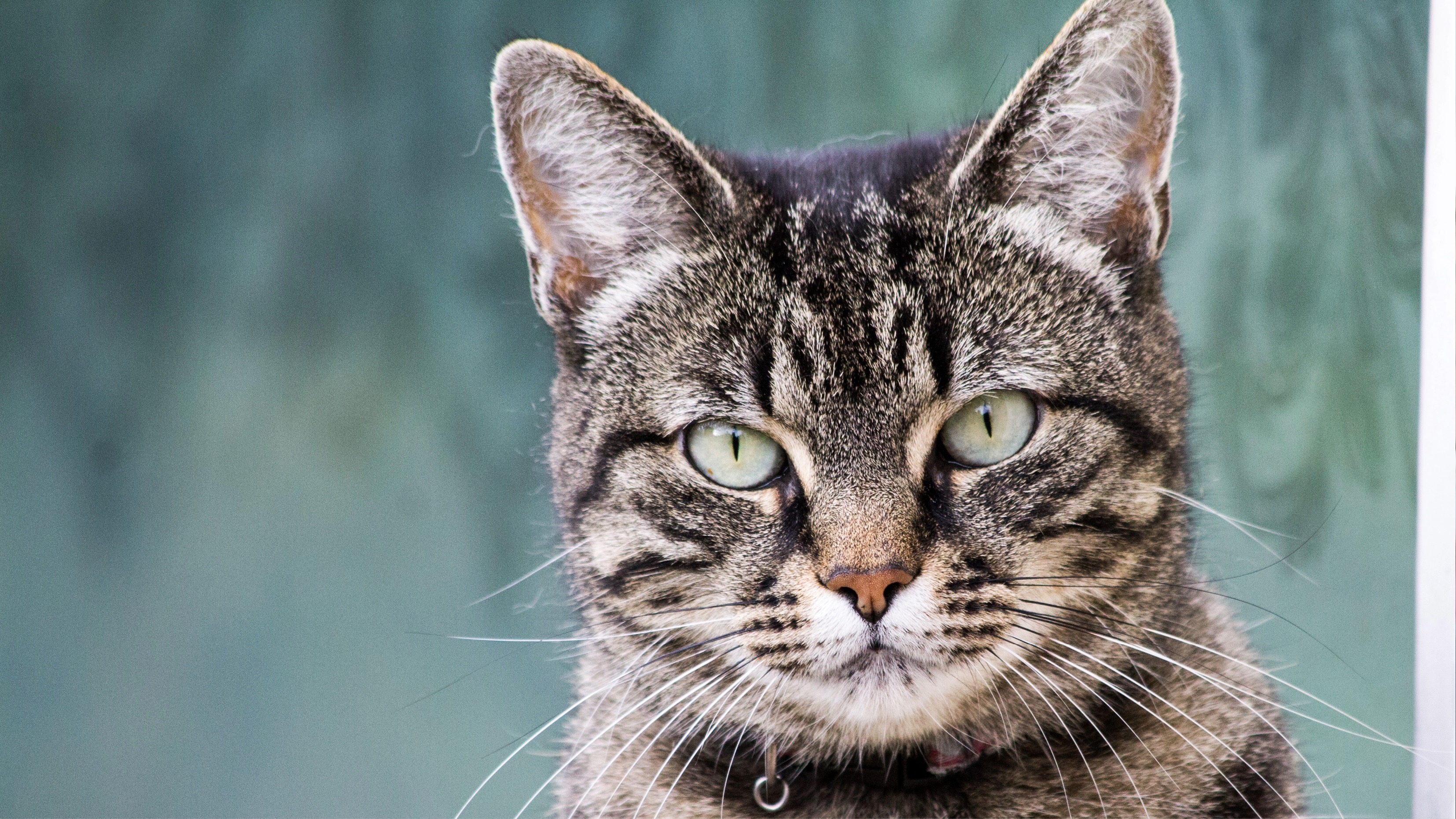
There are so many things to love about European shorthair cats that it's little wonder they're so popular. The kind of kitty that will thrive in almost any living situation, they get along beautifully with family members of all ages and stages, and they like other pets too — just as long as they're happy for this breed to be the leader of the pack!
We highly recommend investing in plenty of the best interactive cat toys if you plan on welcoming one of these playful little cuties into your home. While they certainly won't be demanding you to play with them 24/7, they love the chance to run around and burn off some energy. And thankfully, at the end of it all, they're always up for a snuggle session on a nice warm lap.
When it comes to ways to bond with your cat, the European shorthair is delightfully simple. They're laidback felines who are easy to please, so as long as you provide them with a window perch where they can watch the world go by, a home with not too many visitors coming and going (they can be shy around strangers) and plenty of love and affection, you'll have one content kitty on your hands.
Keen to learn more about the European shorthair? Here's everything you need to know about this breed so you can decide whether they're the right fit for you and your family.
1. Long lifespan
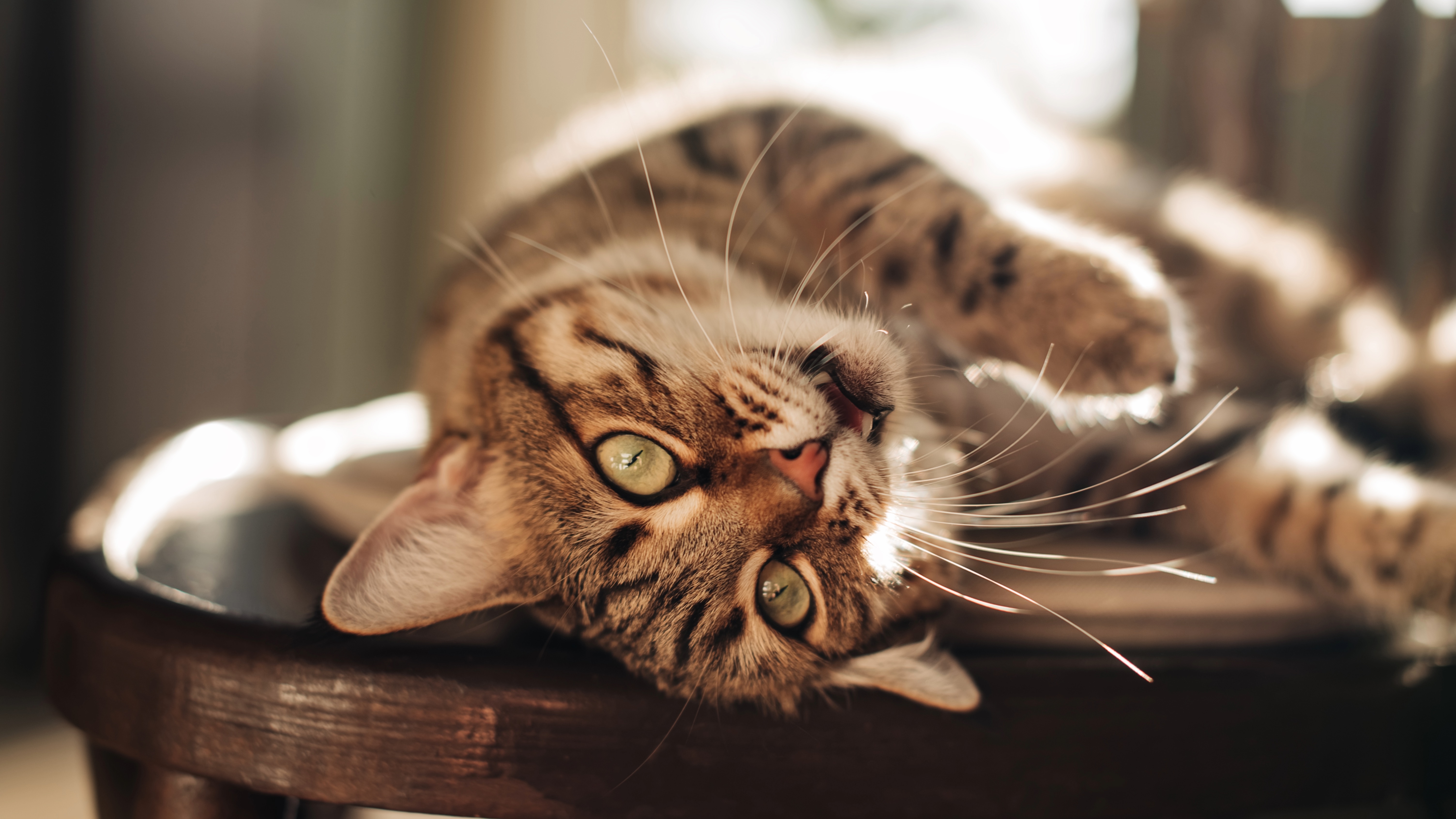
European shorthairs are robust and hardy cats with an impressive lifespan of 15-20 years, making them a wonderful choice for anyone looking for a long-term companion.
Of course, as with any cat, this will vary based on their diet, exercise routine, and overall health, but as long as you’re feeding them the best dry cat food or best wet cat food, ensuring they get plenty of play and regular vet checkups, you can expect them to live to a ripe old age!
2. Adaptable
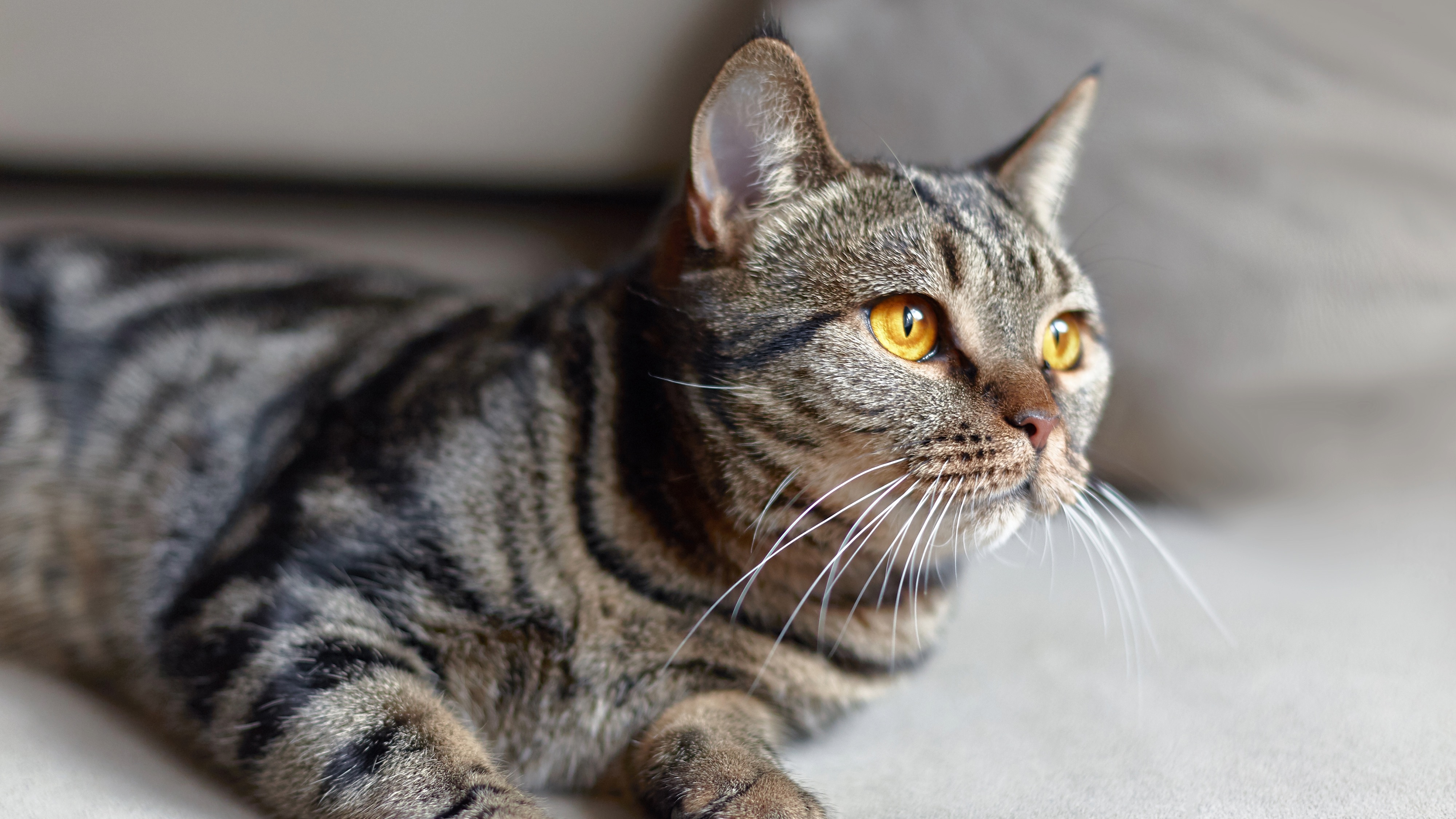
European shorthairs are known for their adaptable natures and tend to thrive in almost any living situation or environment. They also tend to be fairly tolerant of moving homes, as long as their favorite humans come with them of course!
3. Lives well with everyone

Enjoying the company of people of all ages and stages, the European shorthair is an excellent fit for singles, young families, seniors, and every possible family combination in between. They do well with dogs too, as long as they’re respectful and not too boisterous.
4. Medium build
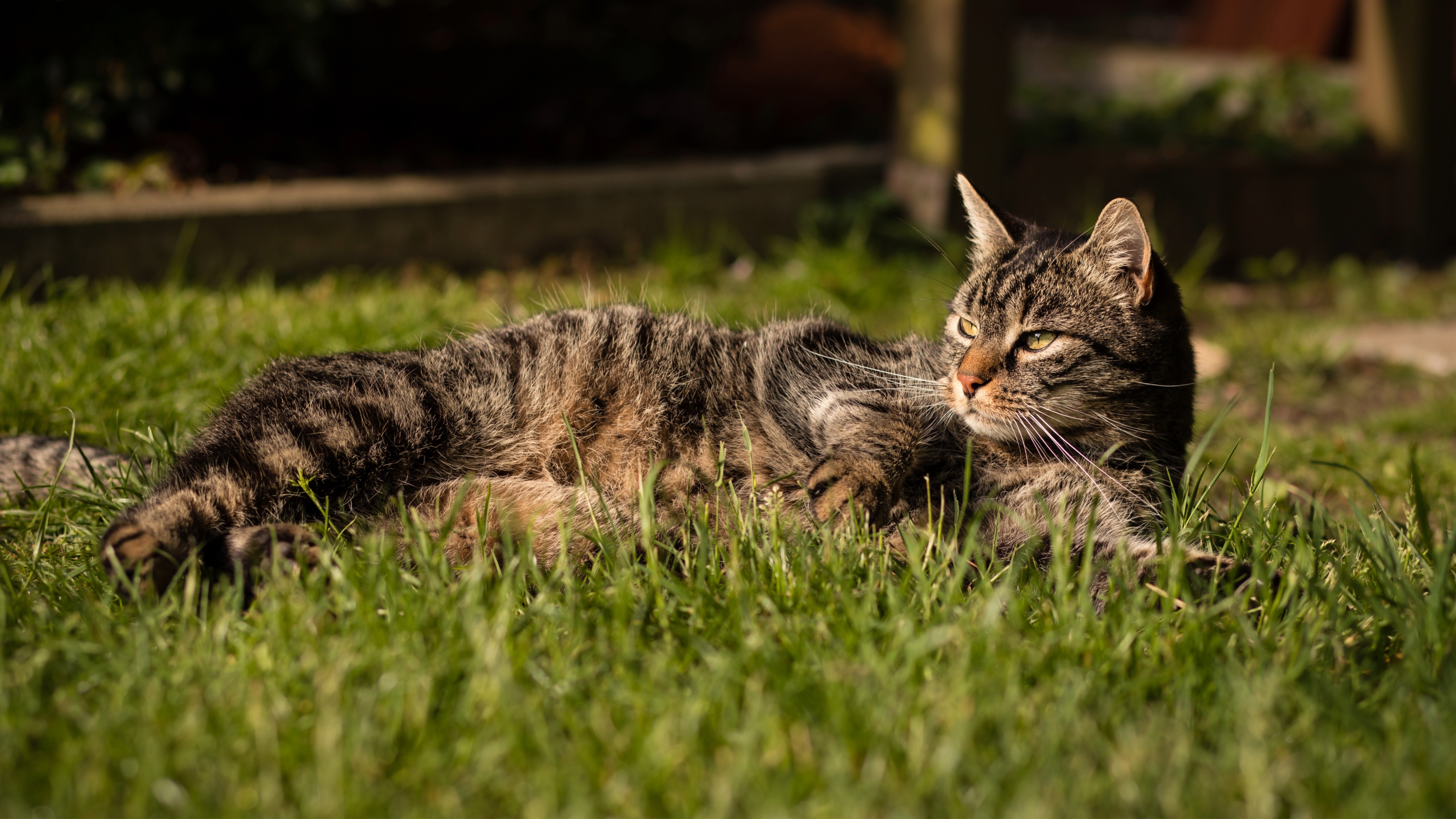
European shorthairs are medium to large cats with a muscular build, strong chest, and sturdy legs. They tend to have well-developed cheeks and thick tails, and their ears are tall, wide, and sometimes tufted.
5. Shy around strangers

While they are very outgoing with their human family members, it may surprise you to learn that the European shorthair is actually very shy and timid around strangers. It’s not unusual for them to want to go off and hide when there’s someone visiting whom they’re not familiar with, so providing them with ample room to hide until they feel safe enough to engage will be very much appreciated.
6. Playful
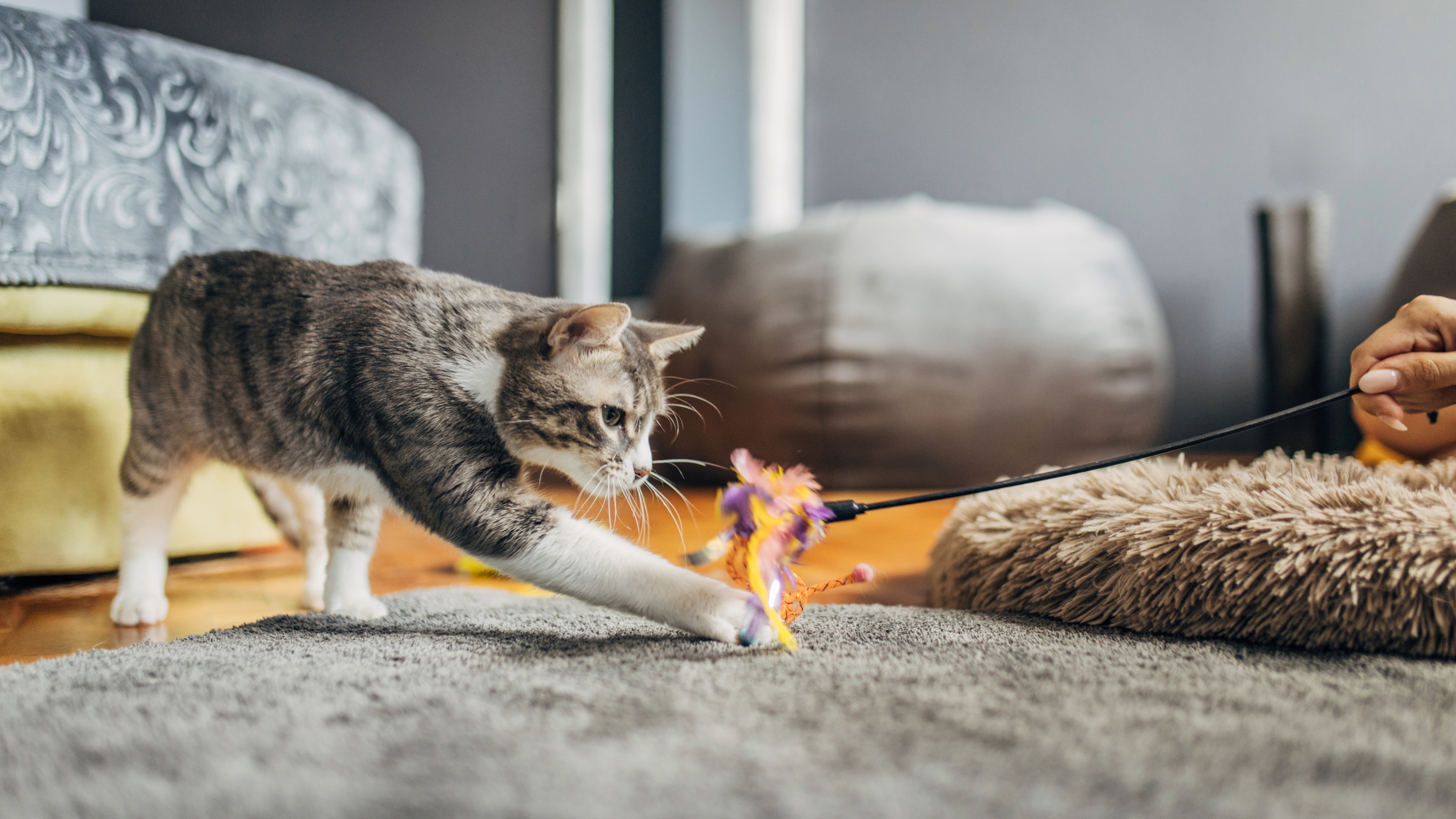
On the hunt for high-energy cat breeds? If so, the European shorthair may just be the feline friend for you. While they’re certainly not going to tire you out by demanding you play with them 24/7, they retain their kitten-like energy levels right throughout adulthood and are always up for a game or two with the best cat toys.
7. Very intelligent
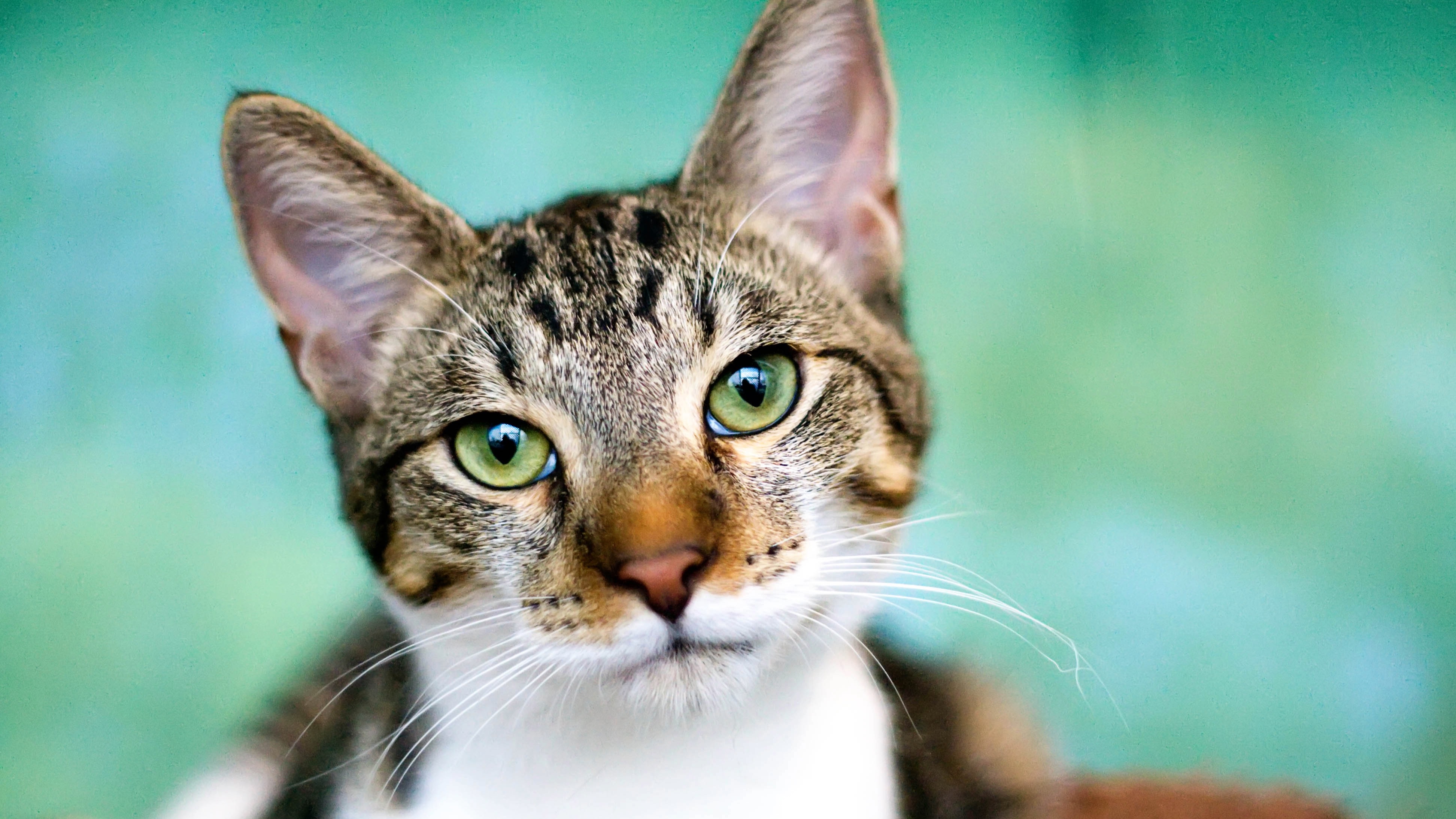
Known for their sharp intellect, the European shorthair is always keen to give their brain a good workout — which is just one of many reasons to use a cat puzzle feeder toy with this breed.
8. Love to hunt
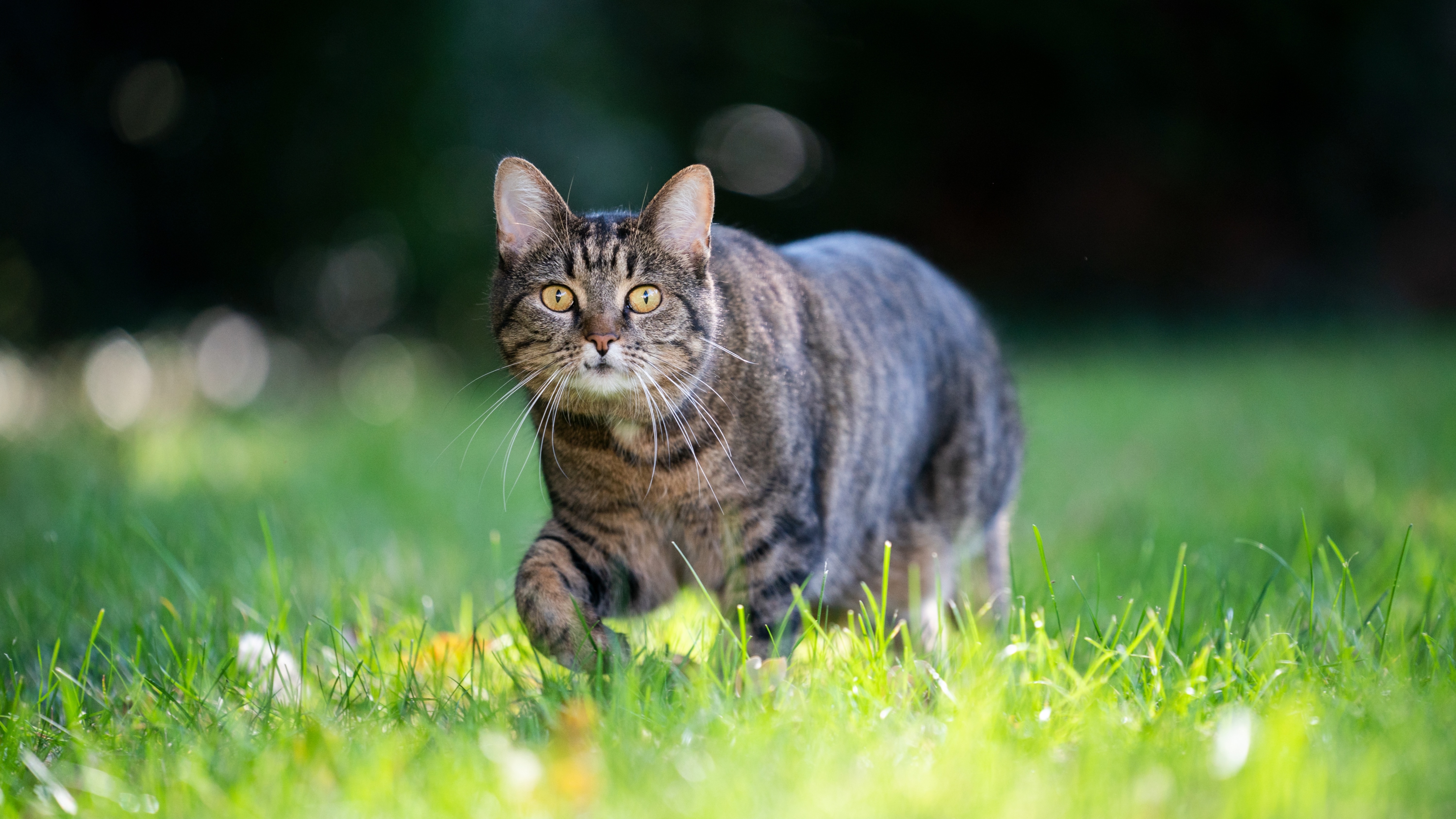
Given they once played a critical role in controlling vermin, it’s no surprise that these former farm cats love to hunt. Outstanding mousers, the European shorthair is definitely one of those cat breeds that prefer being outdoors — although if you decide to let them loose in nature’s backyard, make sure you’re prepared for them to bring you back a present or two!
9. Direct descendent of ancient Rome’s domestic cat
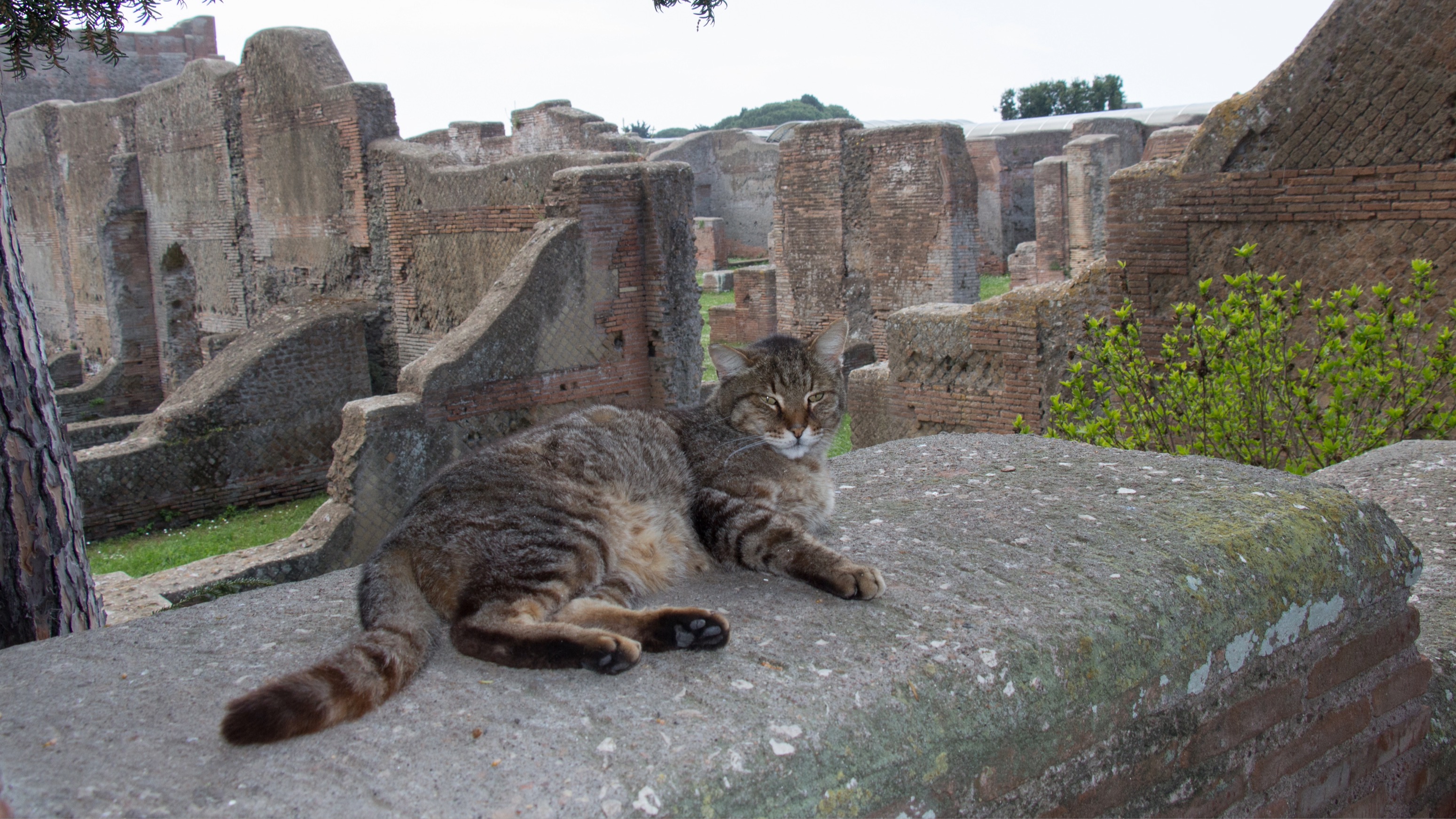
The European shorthair’s lineage can be traced back to ancient Roman times, when their ancestors (the common domestic cat) accompanied Roman soldiers on their travels across Europe, helping to protect their food supplies from rodents.
10. Achieved breed recognition in 1982
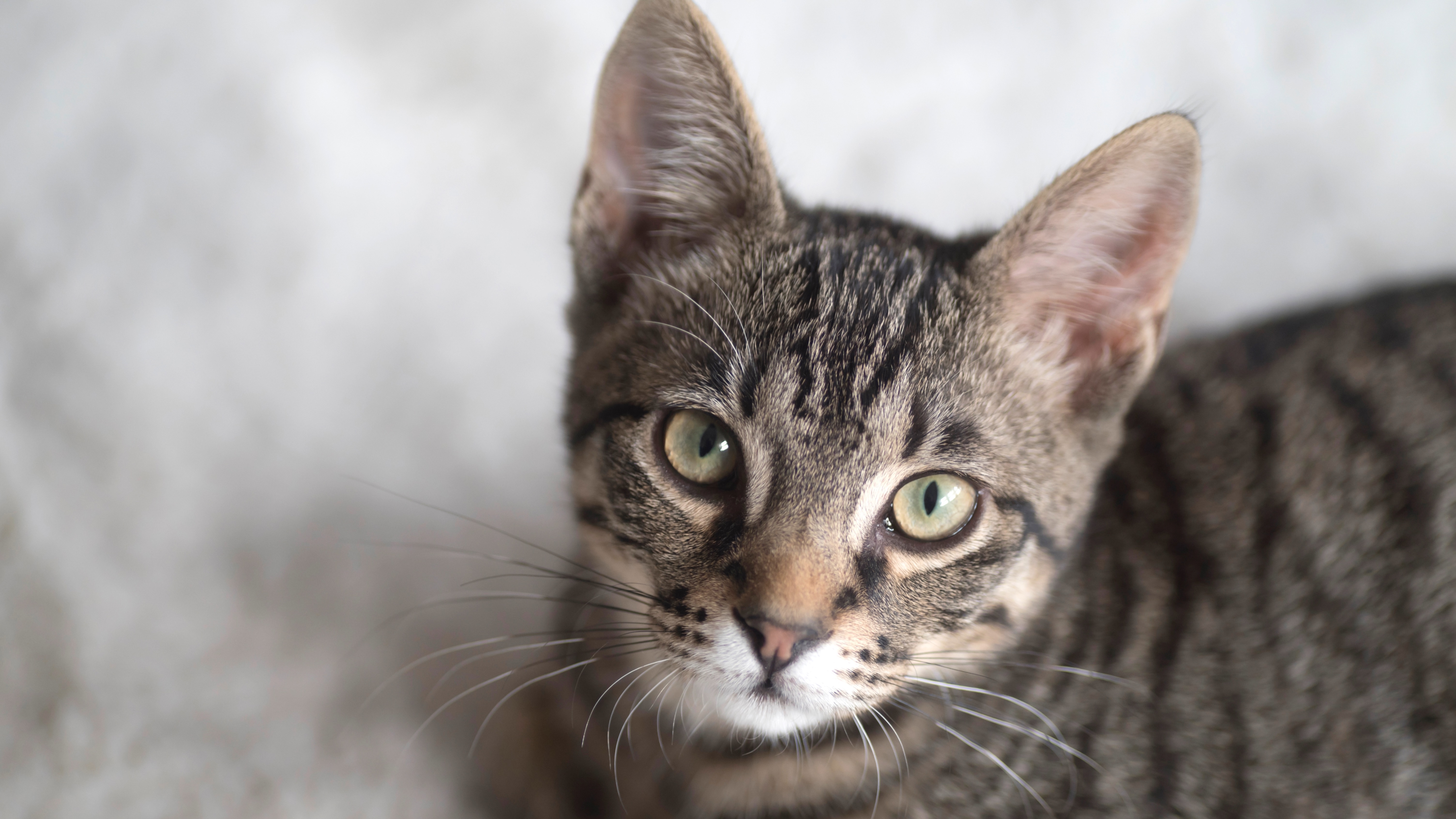
From their ancient Roman roots, the European shorthair developed naturally for hundreds of years until the 20th century when Swedish breeders created the first breed standard in an attempt to preserve this cat’s Roman look.
The Federation Internationale Féline (FIFe) recognized the European Shorthair in 1992 and while they are still not recognized as a breed in the U.S., they are hugely popular throughout Europe, particularly in Scandinavia.
11. Low maintenance
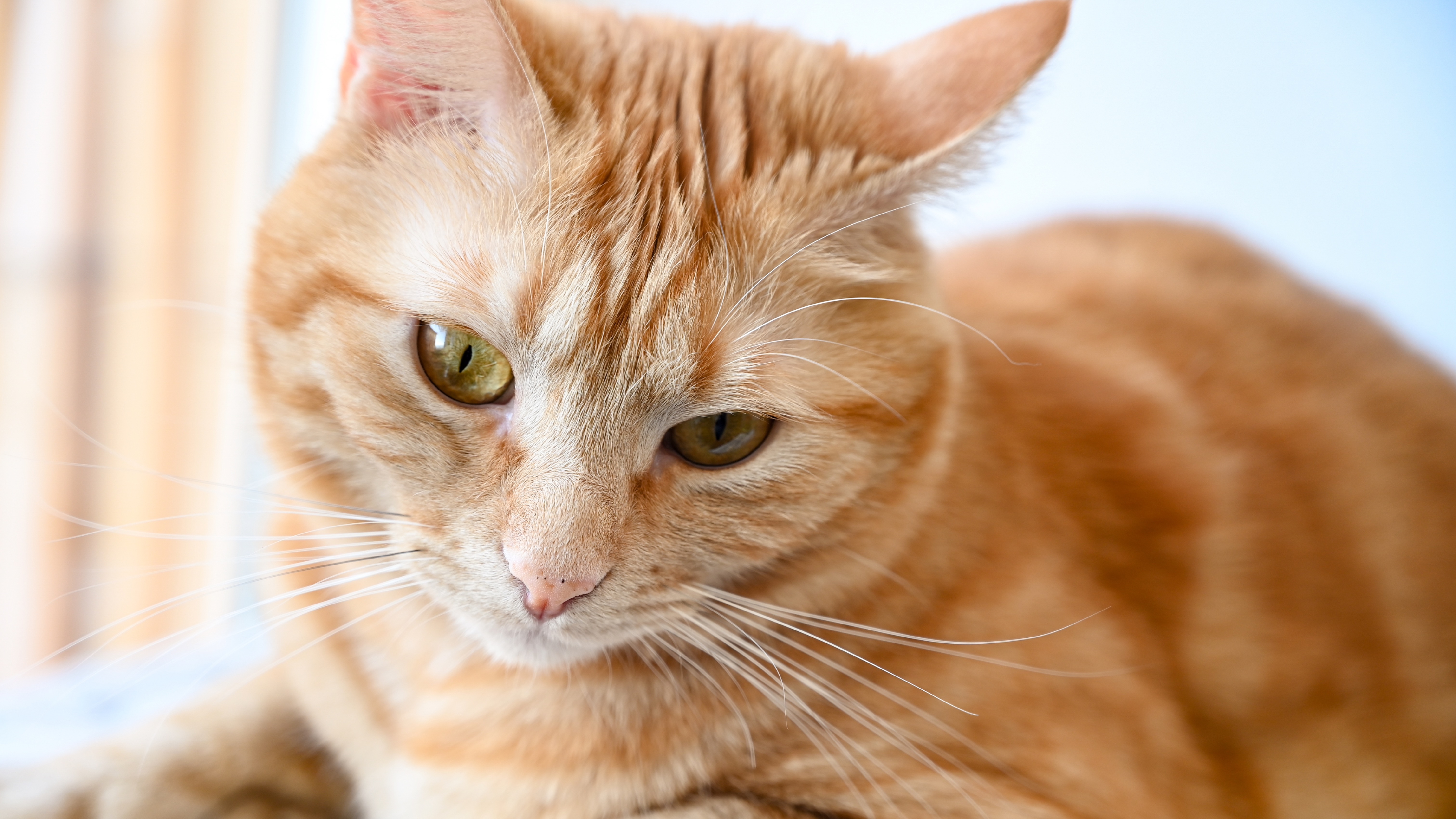
If you’re looking for a kitty that doesn’t require much in the grooming department, the European shorthair is a cat worth having at the top of your list. They have a short and dense coat with very little in the way of an undercoat, so a weekly brush is all it takes to keep this feline’s fur looking fabulous.
12. Part of the Western breed group
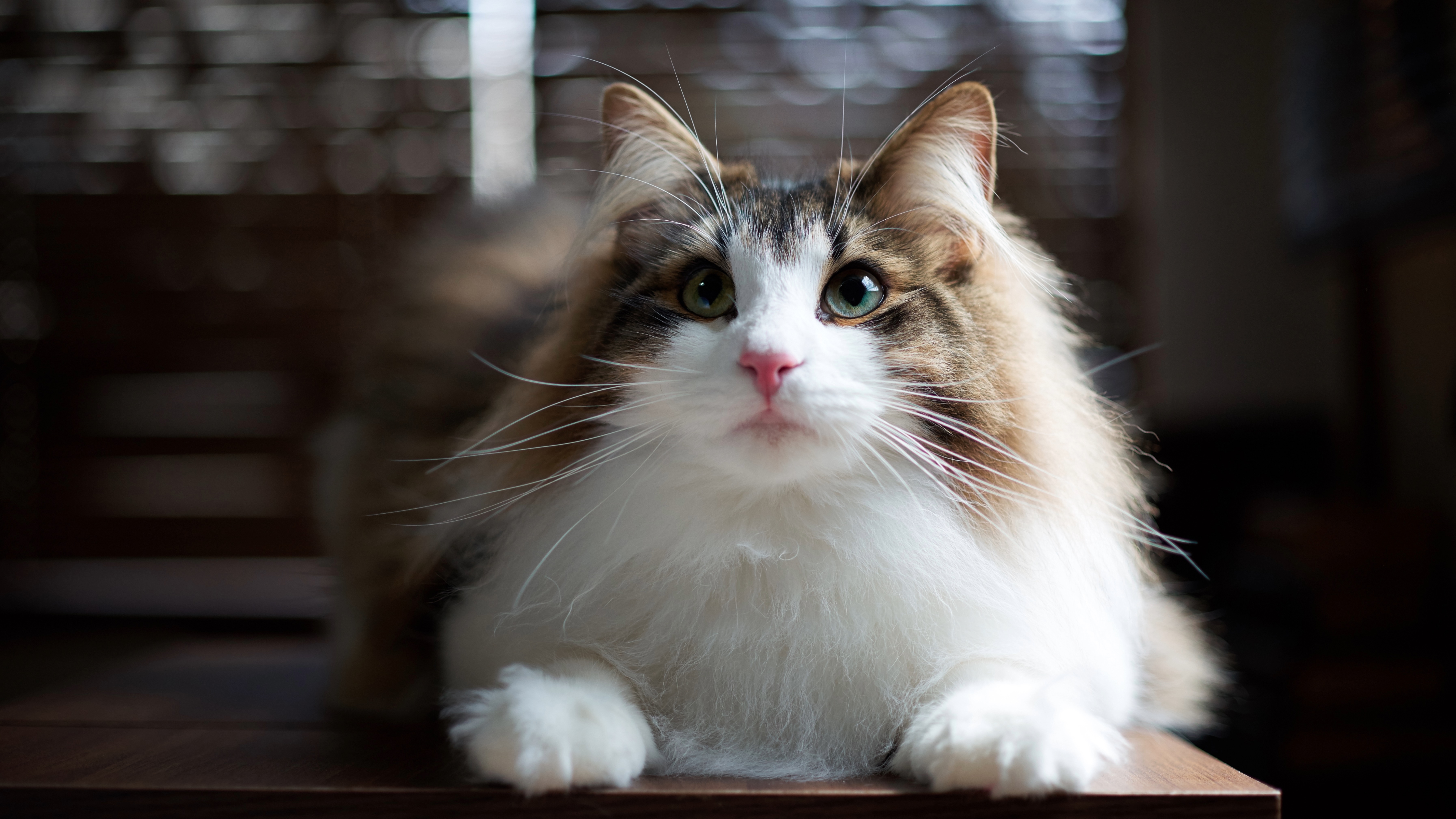
European shorthairs are part of the Western breed group, which is made up of cats developed mainly in Europe and the Americas. It’s the largest of all the breed groups and contains breeds such as the Norwegian forest cat, Russian blue, and the Cornish rex — to name just a few!
13. Great choice for first time cat owners
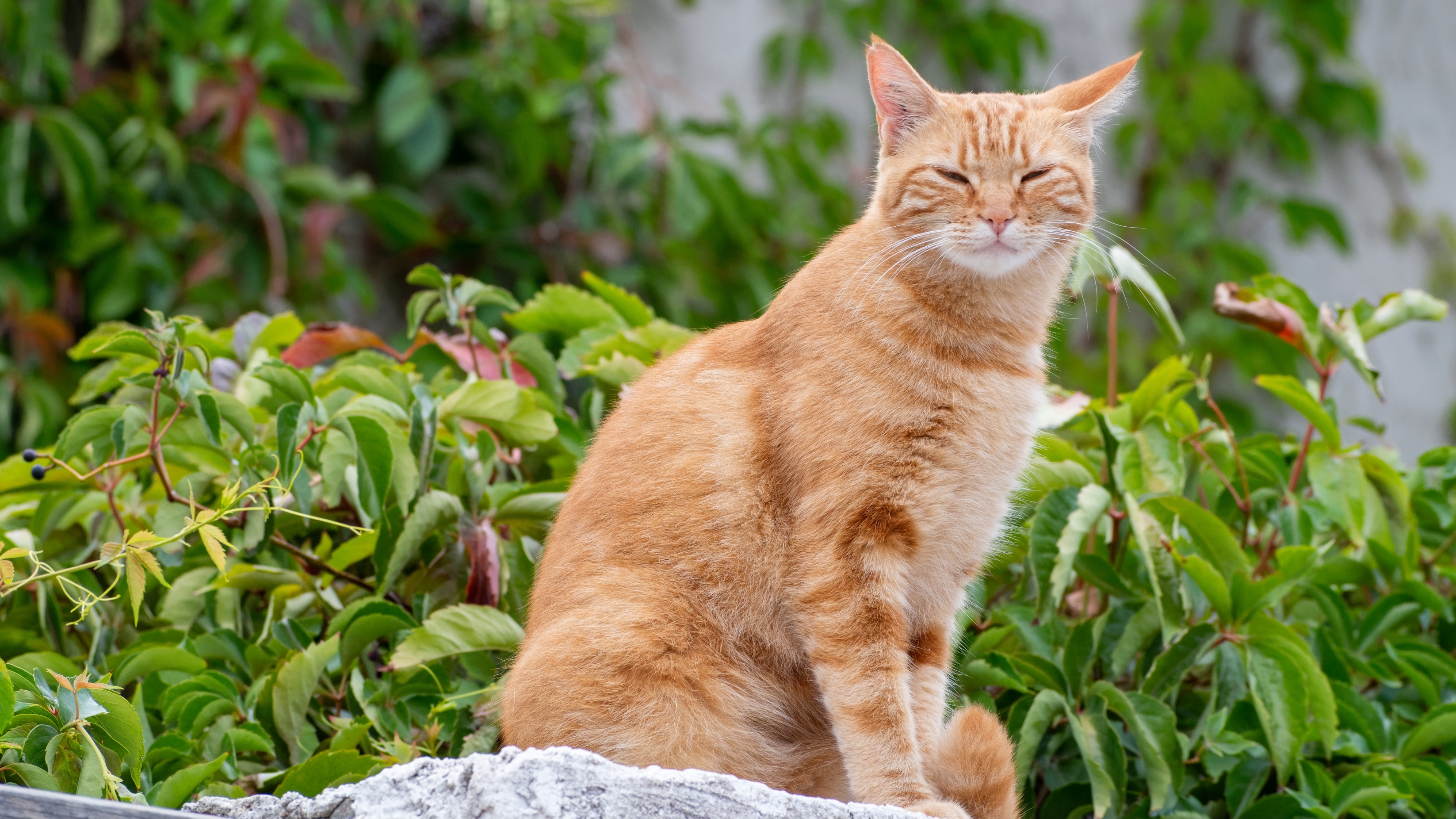
If you’ve never owned a kitty before, you may be wondering how to prepare for a cat and the first step is to choose the right breed for you and your lifestyle. The European shorthair makes a wonderful companion for first-time cat owners because they’re easygoing, adaptable, low maintenance, and get on beautifully with family members of all ages and stages.
14. Easy to please
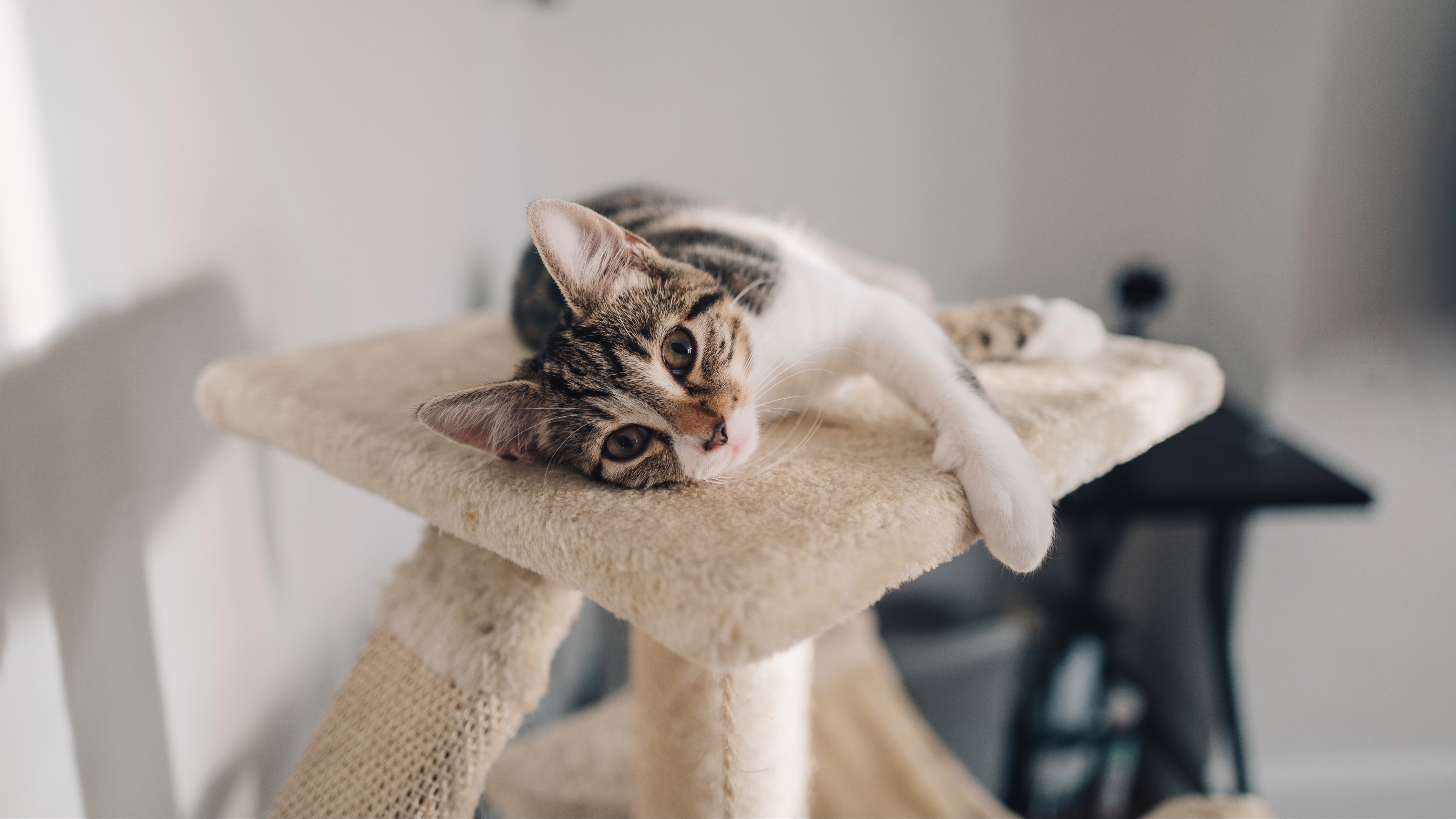
The European shorthair has a delightfully laidback temperament, which means they’re incredibly easy to please. With a few of the best automated cat toys to play with, a window perch that lets them watch the world go by and humans that are happy to give them some attention and affection, this kitty will make for a wonderfully undemanding addition to your home.
15. One of the most popular breeds in Europe
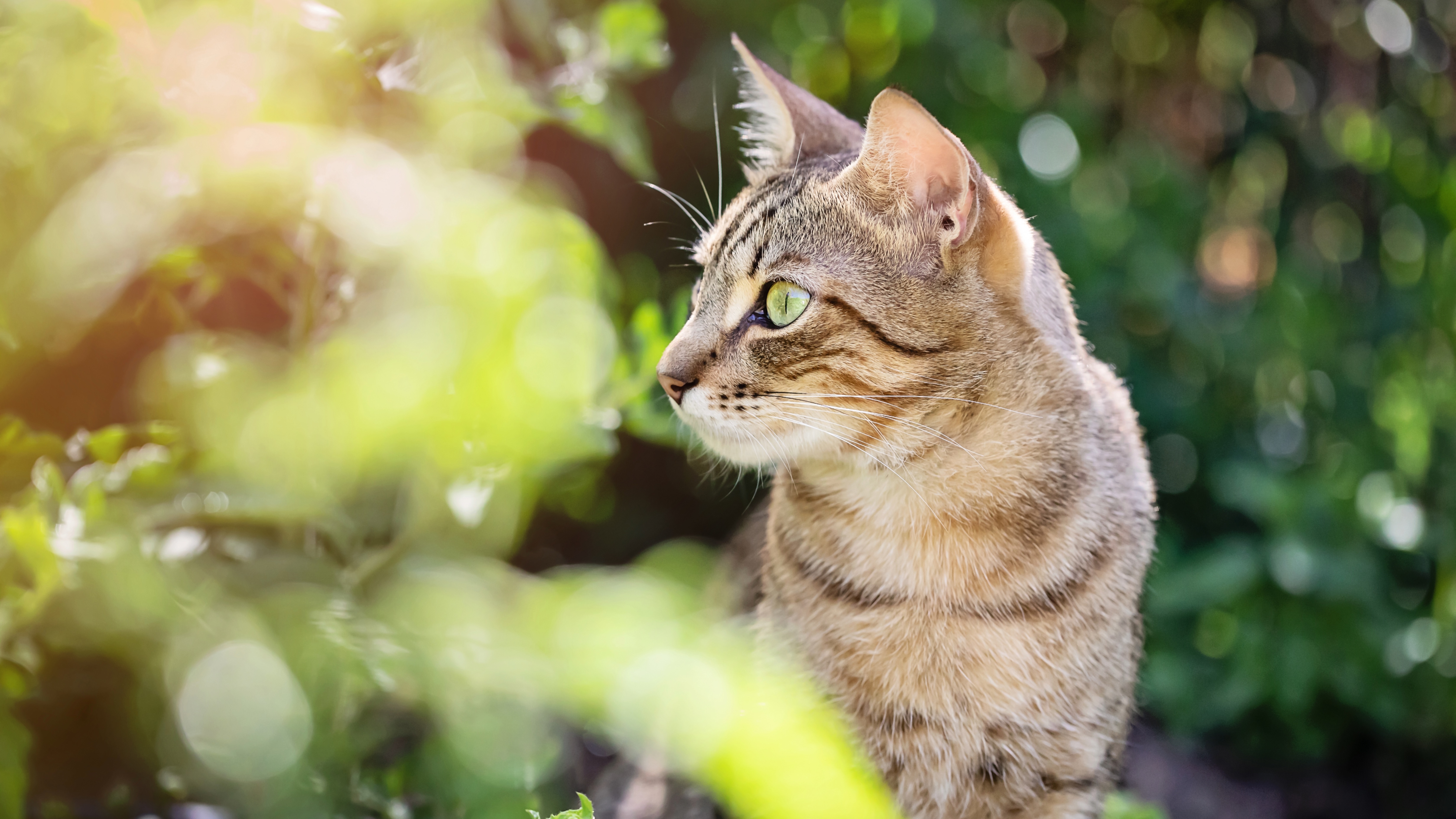
Super popular in Europe (Finland and Sweden have the most breeders of any country), there’s no shortage of feline-loving humans wanting to welcome one of these little sweethearts into their home. And yet they remain incredibly rare throughout the rest of the world.
16. Often compared to the British shorthair and American shorthair
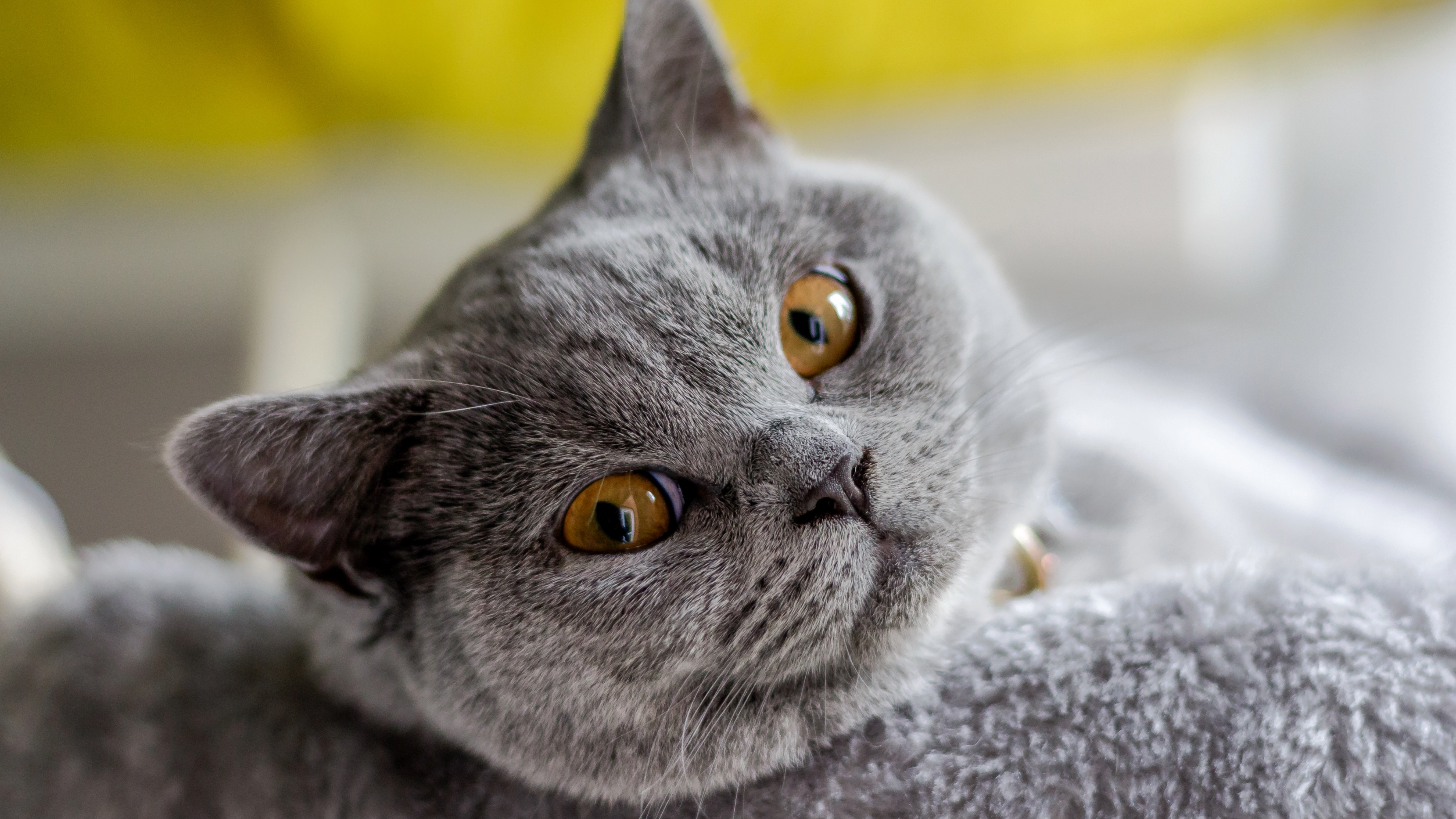
The European shorthair is commonly compared to the British shorthair and American shorthair — and if you’re not super familiar with all three breeds, it can be easy to mix them up!
However, the European shorthair is ever so slightly taller than their other shorthair brothers and sisters and they’re usually several pounds heavier as well.
17. Loyal

Endlessly loyal and devoted, the European shorthair adores their human family and it’s this faithful, true-hearted soul that makes them such sought-after companions.
18. Craves mental and physical stimulation
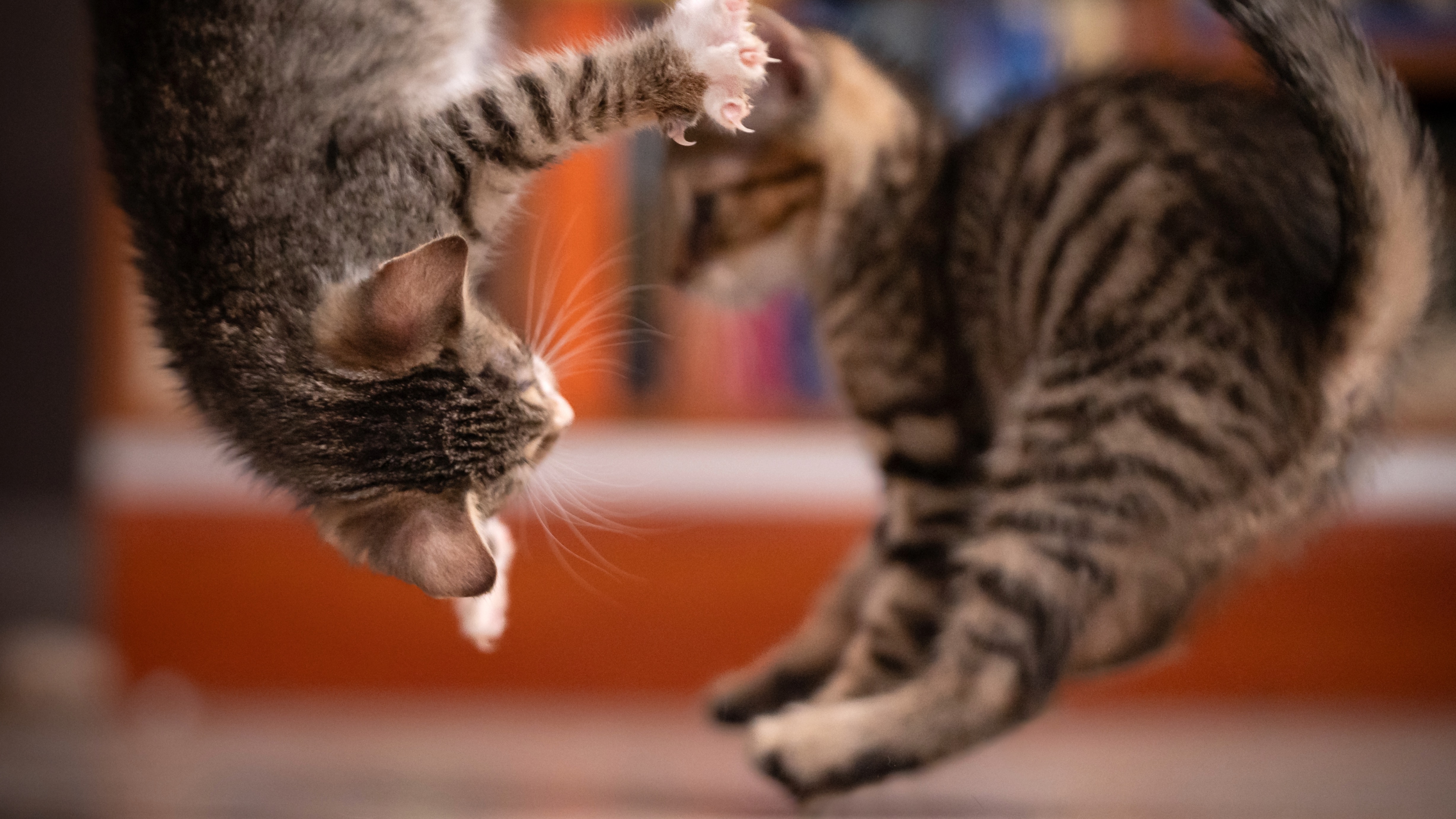
While all cats need mental and physical stimulation to stay happy and healthy, the European shorthair particularly craves a good dose of daily enrichment. We highly recommend keeping their days varied and interesting by leaving out a range of fun playthings, providing them with a decent-sized cat tree that they can sprawl out on, and the best cat puzzle feeder to give their brain a good workout.
19. Prefers quiet and stable homes
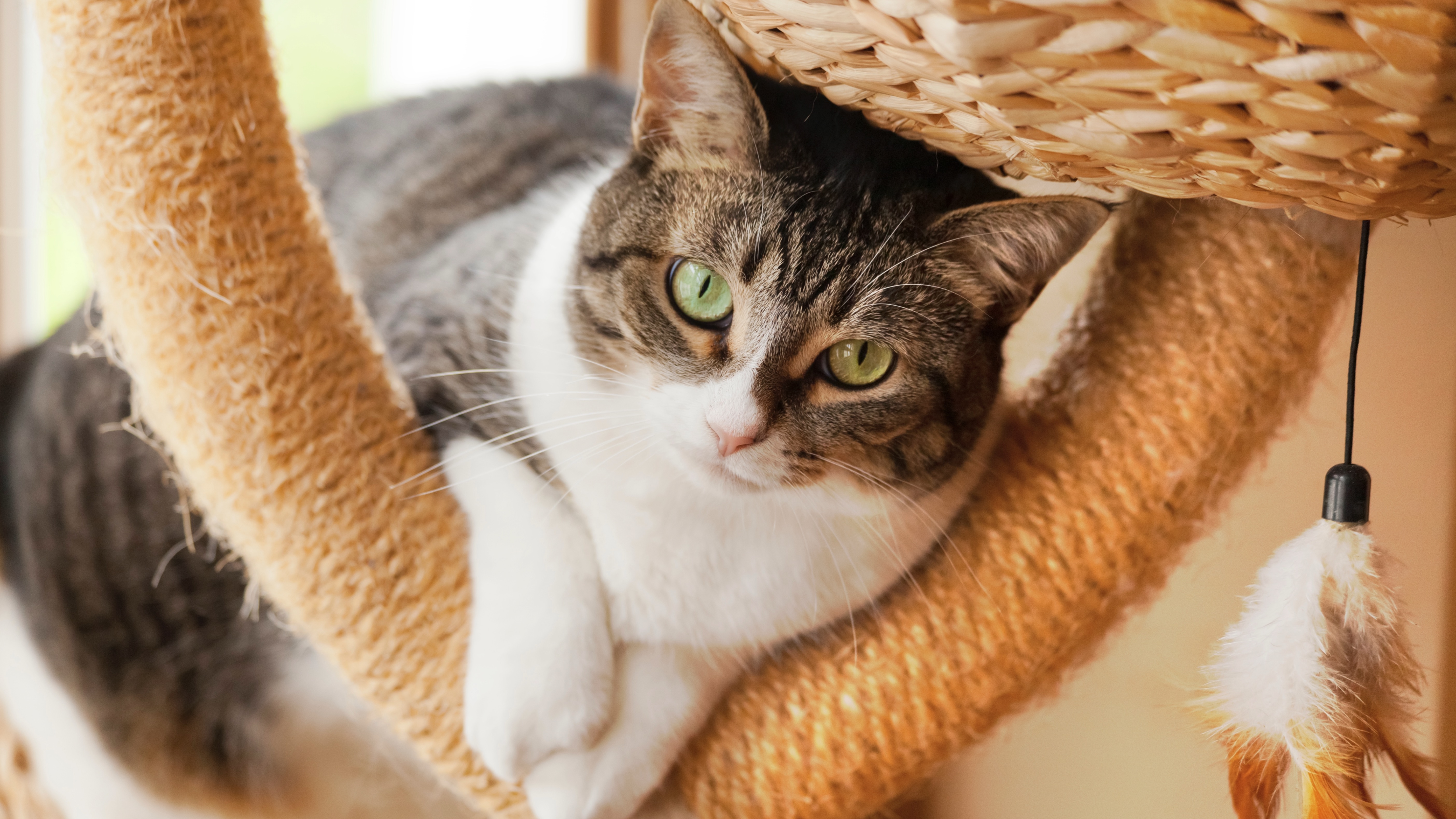
There are so many reasons to adopt a cat, but one thing that’s worth bearing in mind if you choose to welcome a European shorthair into your family is that they do best in relatively relaxed homes.
Because they’re shy around strangers, they don’t do well in environments where there’s an endless stream of visitors, quiet and predictable homes are where they’ll thrive.
20. Outgoing and social with family
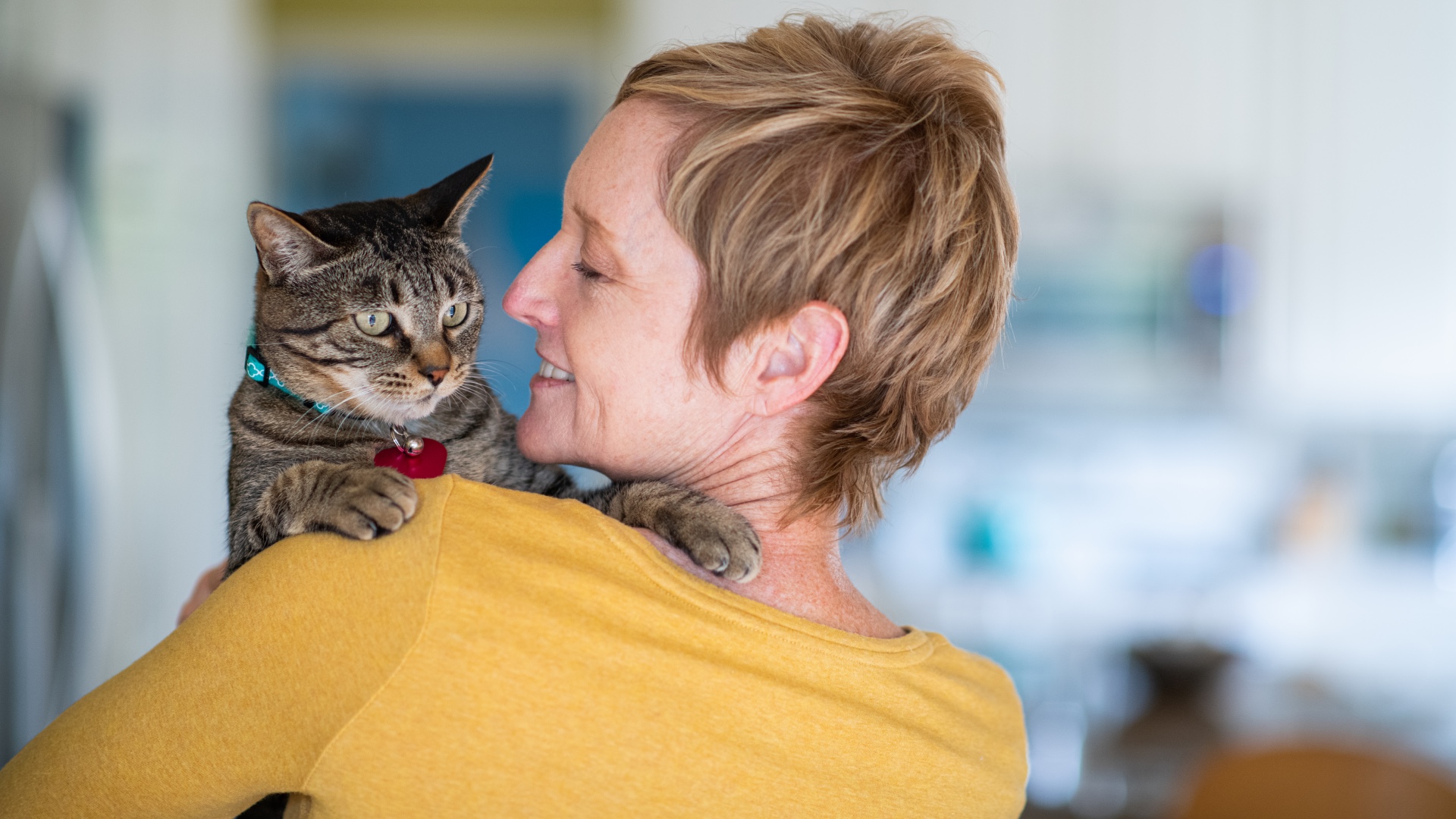
Although the European shorthair can be very shy around strangers, that’s definitely not the case with their family! Social and friendly cats, they’re extroverted around their humans and love spending quality time with them.
21. Adores being outside
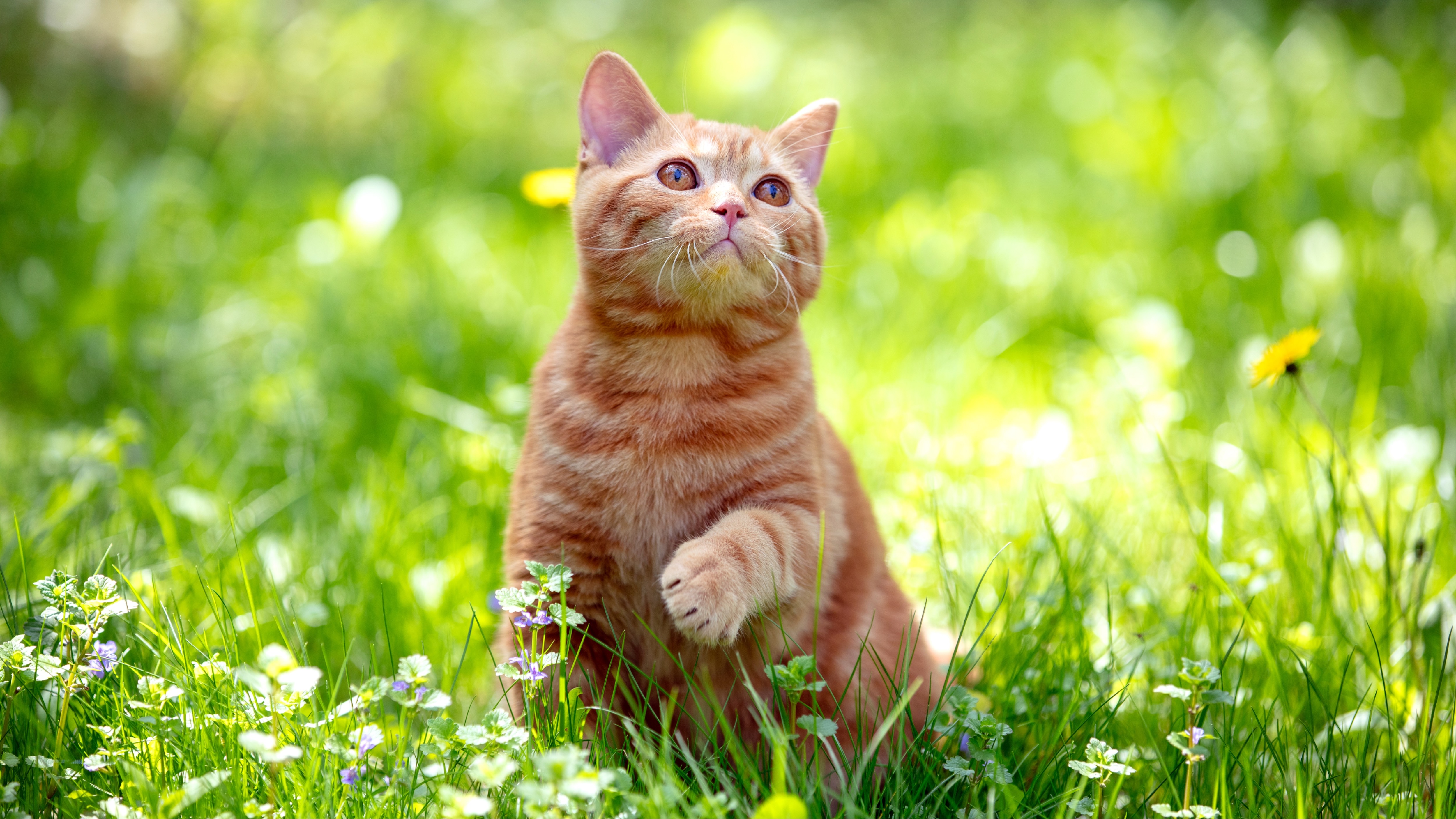
Looking for ways to be the best cat owner? Well, if you have a European shorthair in your family, giving them some form of access to the outdoors will win you some serious brownie points! Being former farm cats, the great outdoors is well and truly entrenched in this breed’s DNA, but don’t worry, you don’t have to let them roam free if you’re worried about their safety.
Instead, a catio or an outdoor enclosure can be a great way to give them access to nature while still ensuring they stay secure.
22. Likes to be the leader of the pack
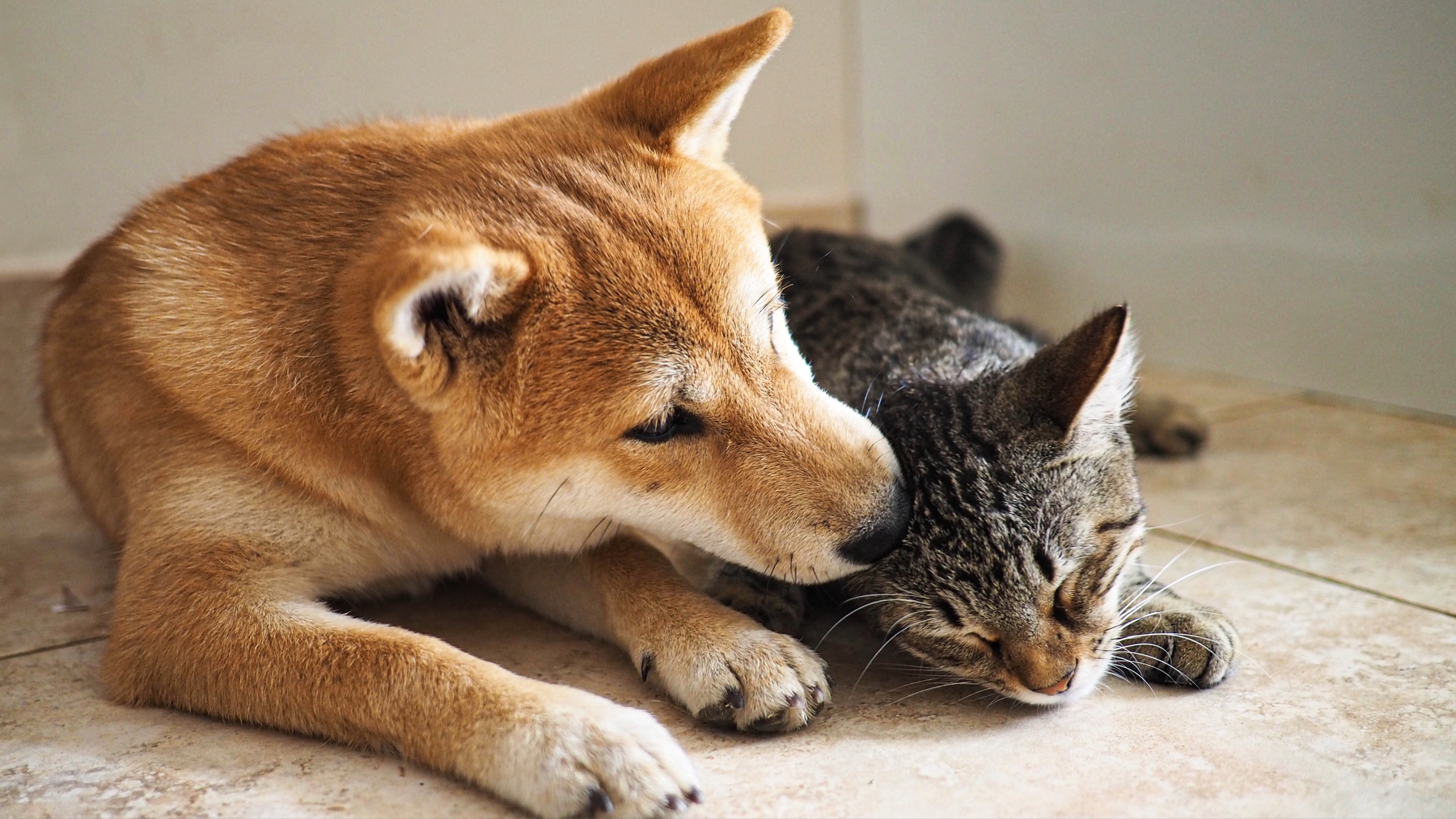
While the European shorthair tends to get on very well with other cats and dogs, they like to be the leader of the pack, so they won’t fare well in homes where there are other dominant pets around. As long as you have animals that are happy to go with the flow and let your European shorthair lead, everyone should live in relative harmony!
23. Easy to train
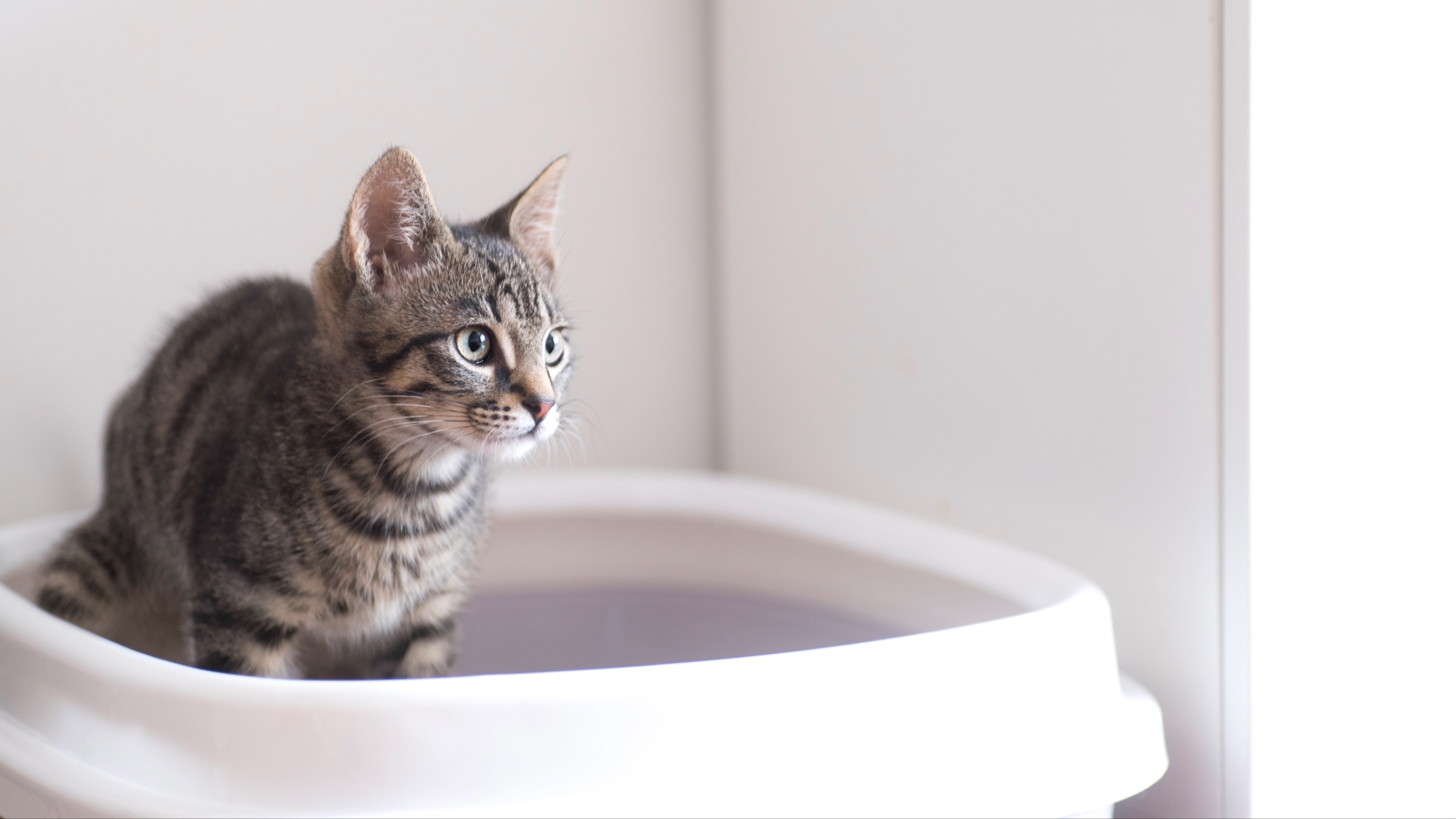
If you’ve ever found yourself wondering ‘Can you train a cat?’, the answer is absolutely! This is particularly true with the European shorthair who is generally very intelligent and finds mastering new skills and behaviors relatively straightforward. When it comes to tips for training your cat, time, patience, consistency, and plenty of treats will all work wonders.
24. Generally healthy
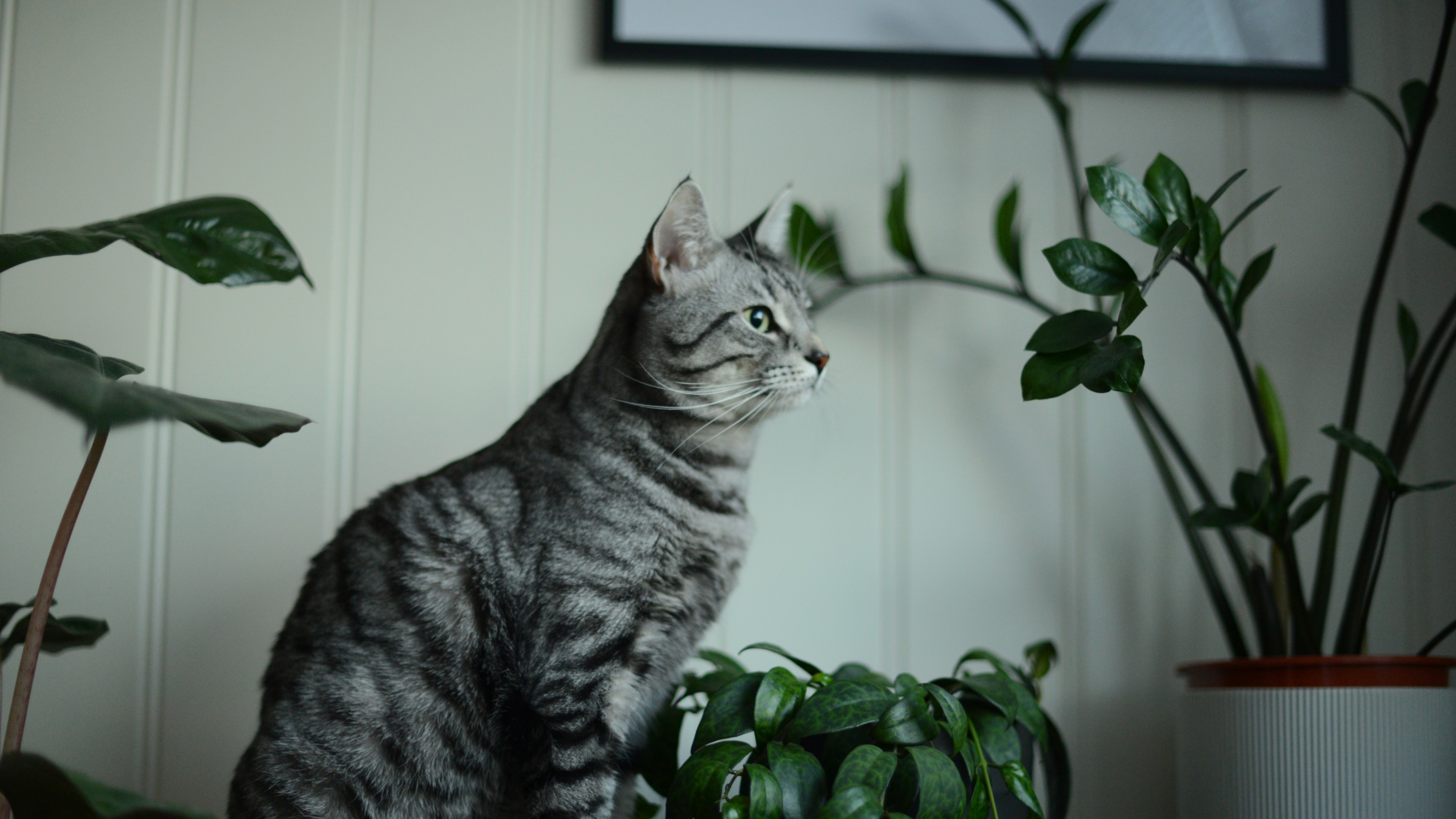
The European shorthair is generally a very robust breed, so health problems tend to be few and far between. Because they’ve previously been bred with Persians, they do carry a small genetic predisposition for polycystic kidney disease, but other than that, there are no breed-specific health issues you need to be on the lookout for.
25. Is the national cat of Finland

Widely regarded as one of the most popular breeds in Europe, the European shorthair is particularly loved throughout Scandinavia — so much so that Finland appointed them their national cat!
26. Likes learning tricks
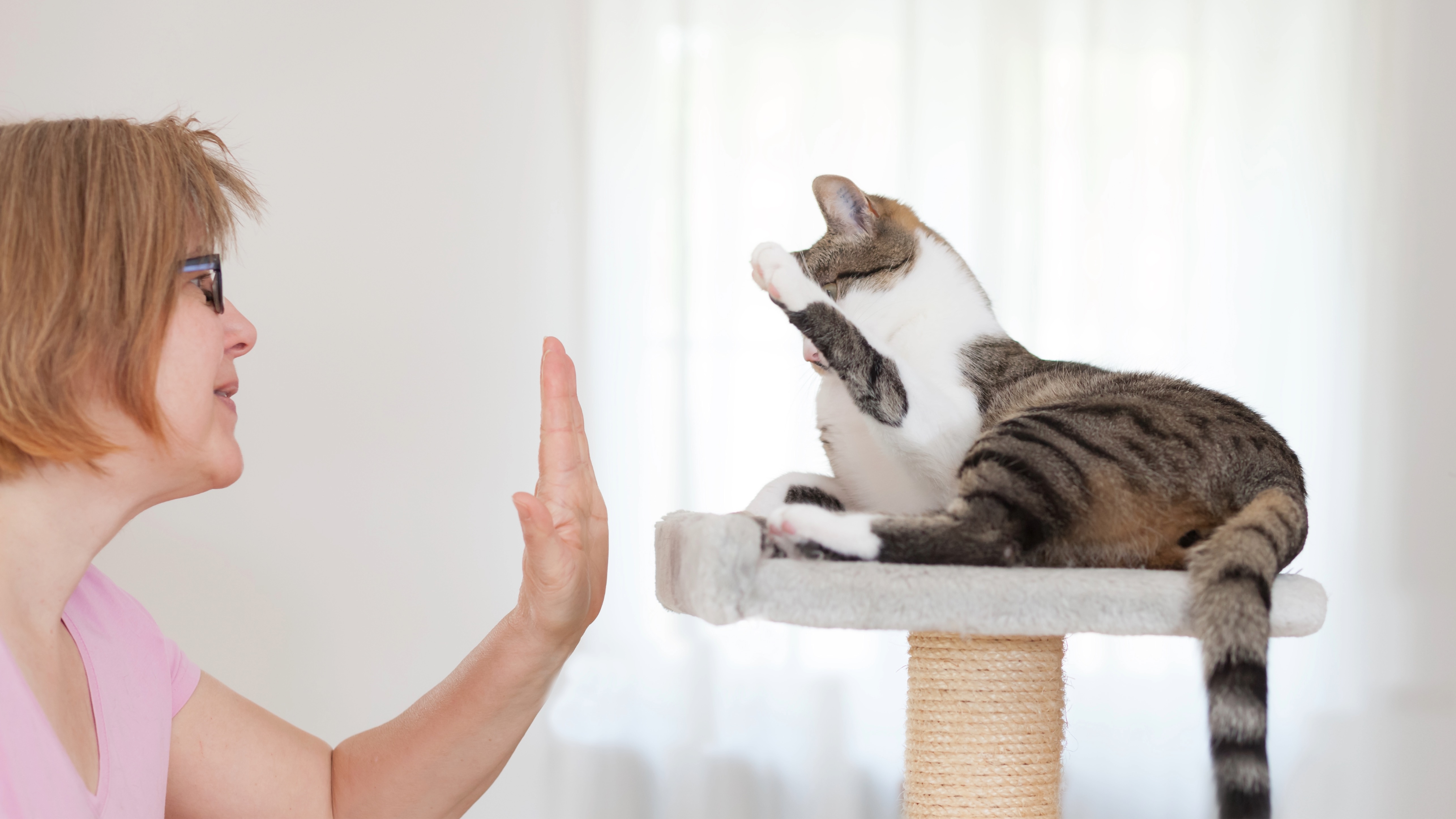
When it comes to how to teach a cat a trick, we were worried it might all be a bit too complicated. Thankfully there are lots of easy ones you can start with and because they love mental stimulation, the European shorthair will be all too happy to master something new.
27. Variety of coat patterns
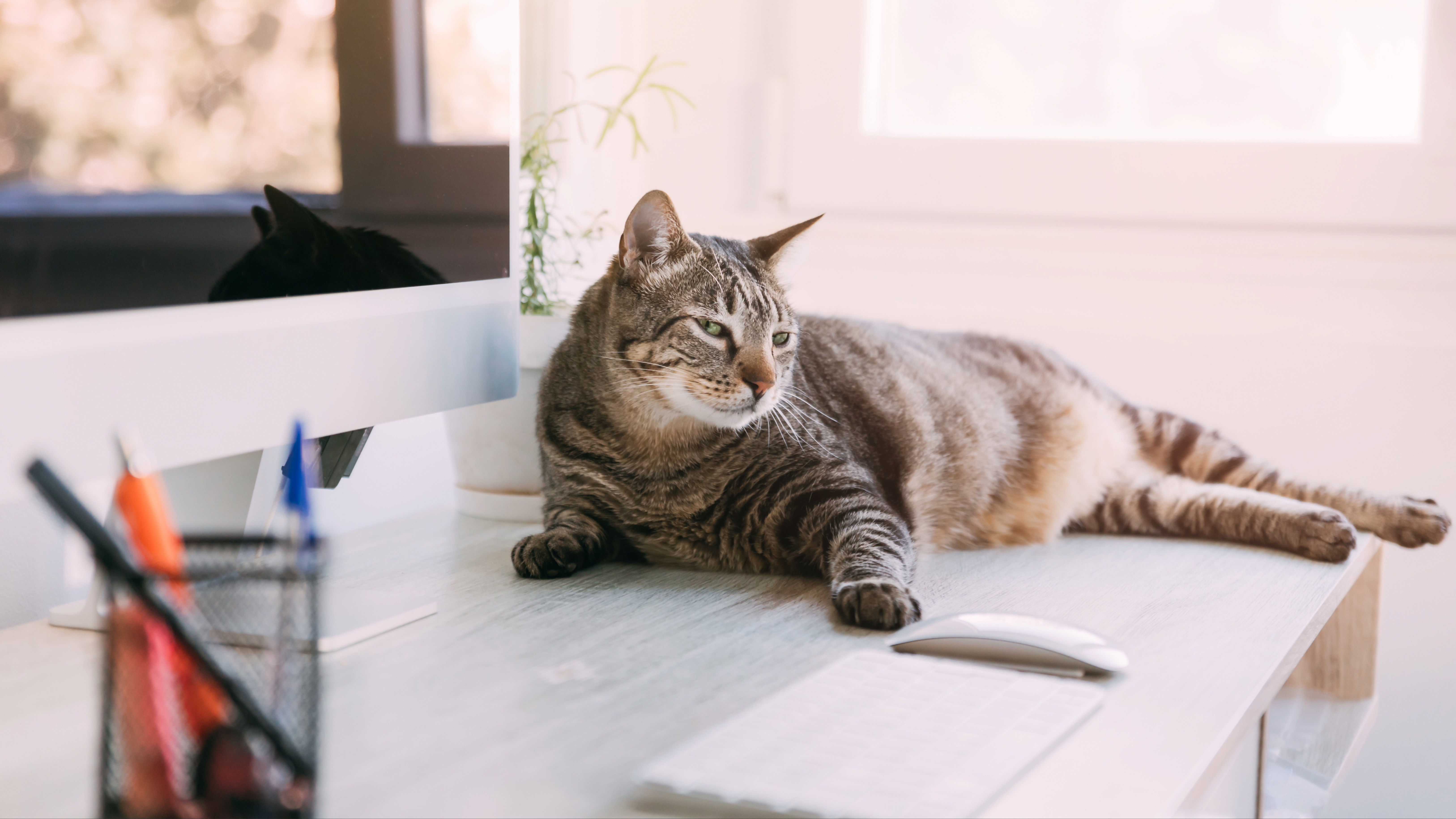
The European shorthair has a glossy and dense coat that comes in almost every color and pattern you can imagine. So regardless of what color kitty you fancy, you’re sure to find it amongst this breed.
28. Range of eye colors
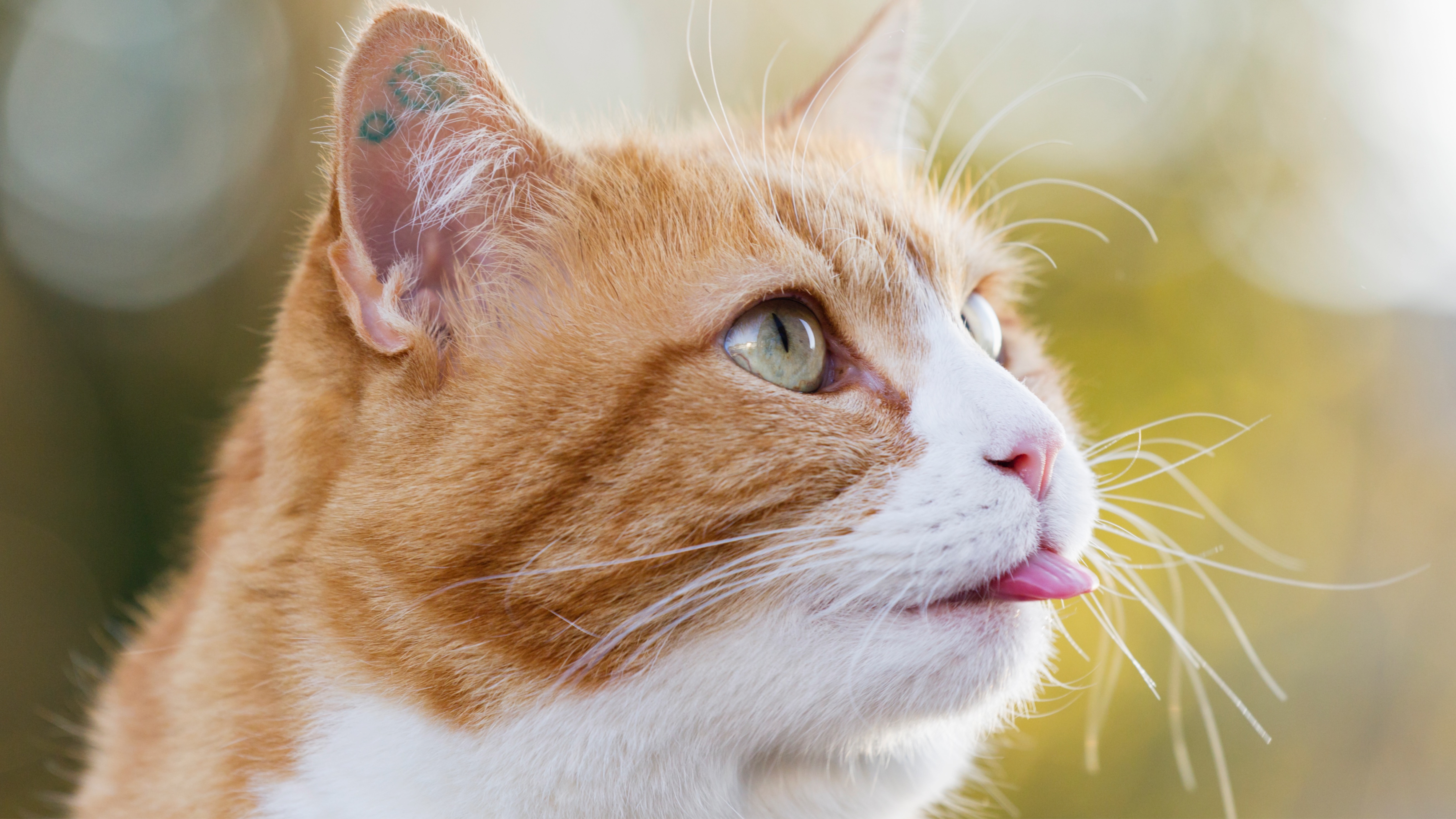
Typically sporting a pair of brightly colored peepers, the European shorthair has eyes that come in a huge array of shades, including blue, green, and amber as well as odd-colored eyes where one can be blue or green and the other amber.
29. They love to watch the world go by
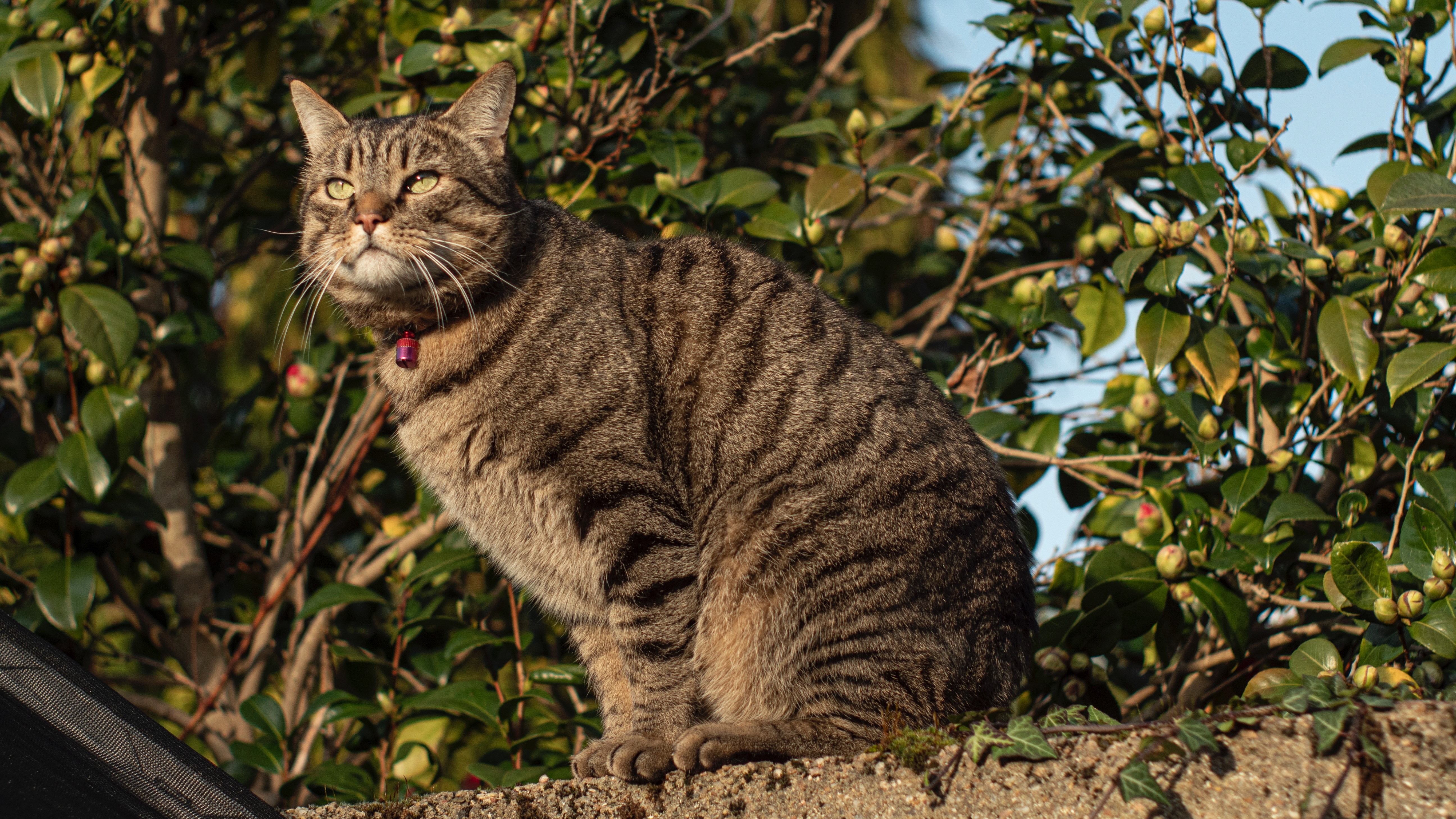
There are some things you only know if you’re a cat owner, and the borderline obsession our feline friends have for people and nature watching is one of those things! European shorthairs in particular love being able to watch the world go by, which we’re guessing goes back to their roots as farm cats when they would roam for miles at a time. Because of that, they’ll be eternally grateful if they have access to a window perch or cat tree that lets them survey their kingdom.
30. Don’t like being left alone
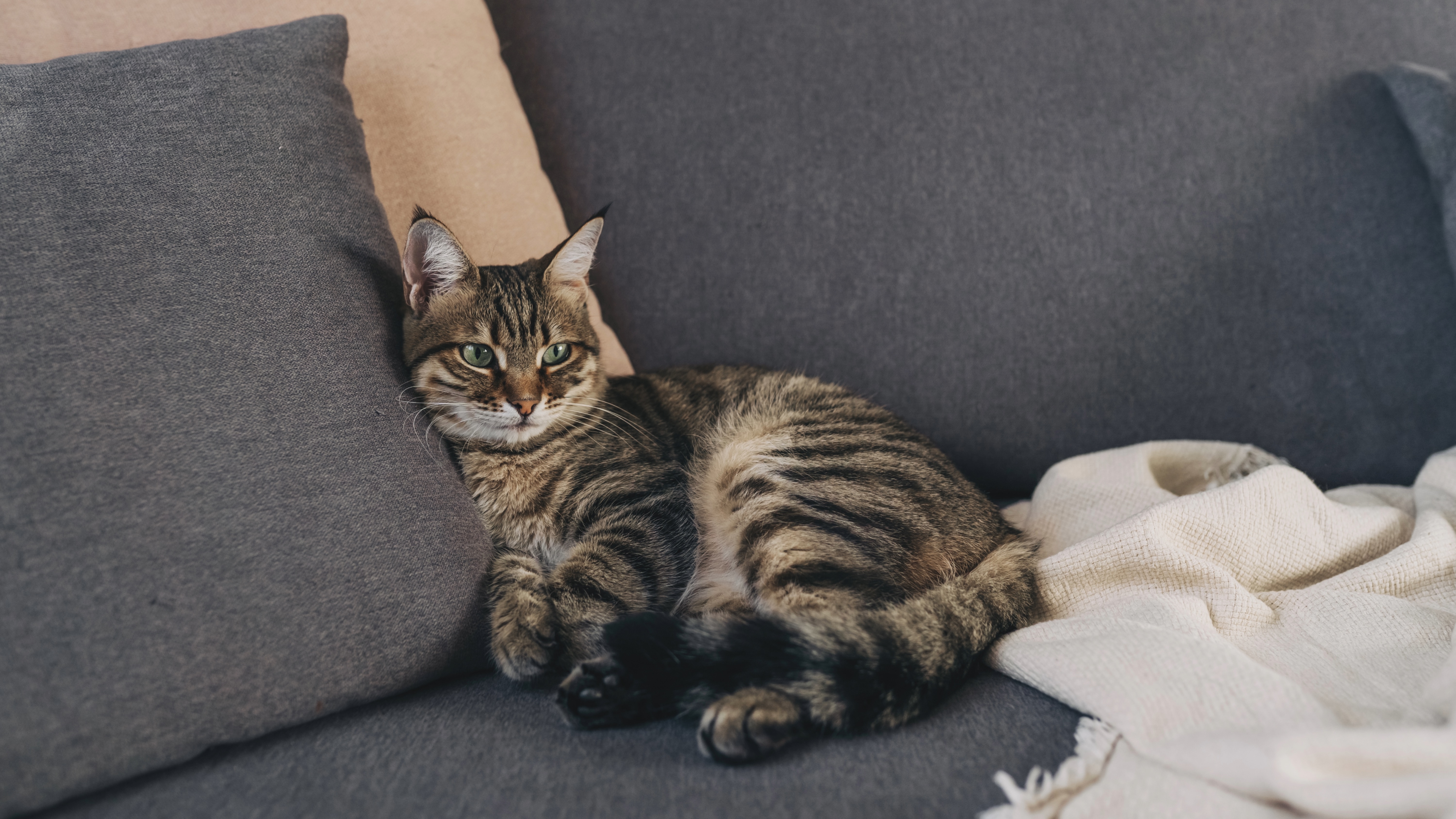
Although we often associate separation anxiety with dogs, separation anxiety in cats is just as common, and social breeds like the European shorthair tend to be the most affected by long periods spent apart from their humans.
While you can leave them alone for a few hours (preferably with some toys they can amuse themselves with), they prefer the company of their humans and enjoy being in homes where people are home most of the time.
31. Cuddly lap cats
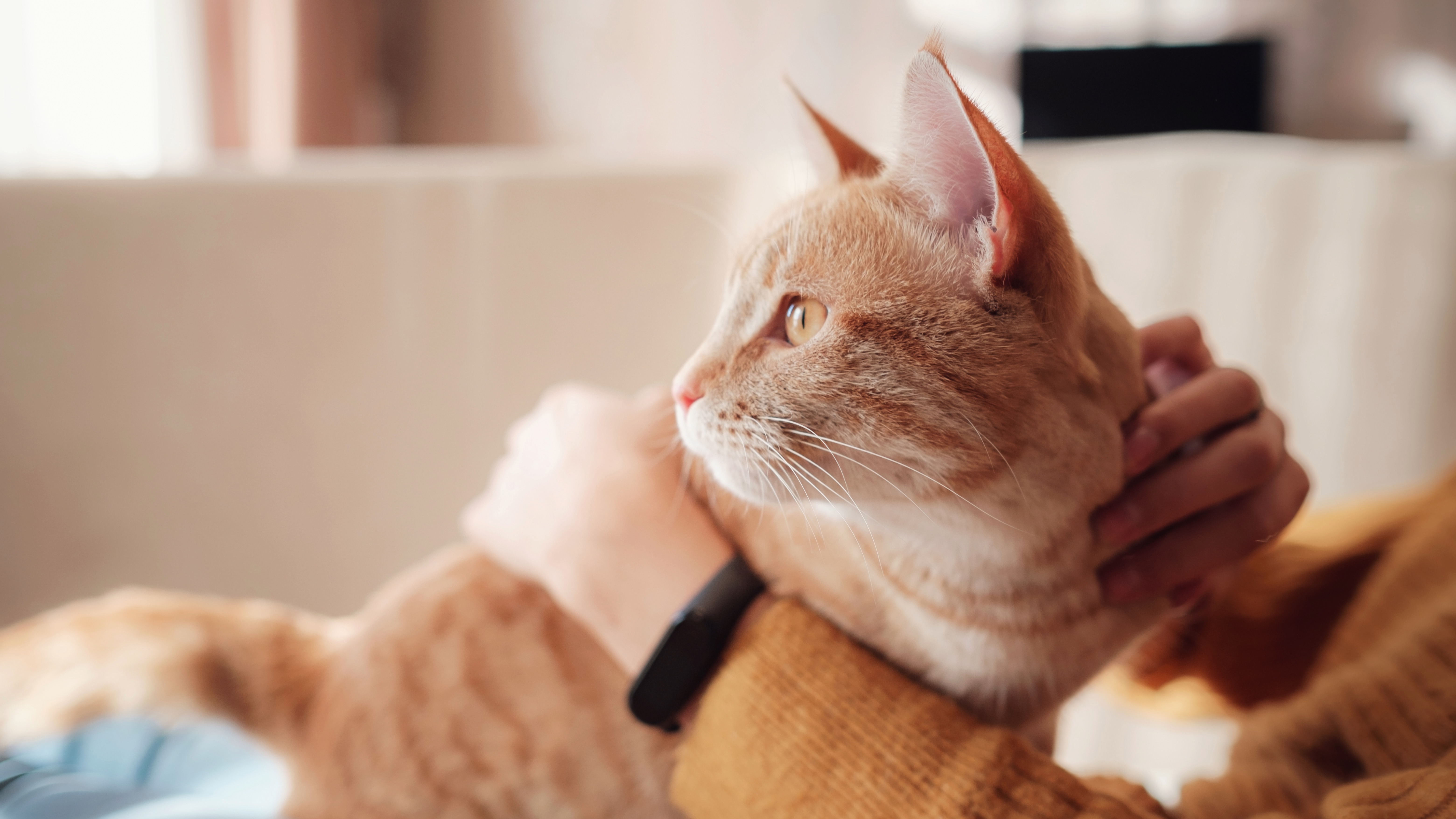
Looking for one of the most affectionate cat breeds who’ll always be up for a good cuddle? Look no further than the European shorthair. While they enjoy being active for good chunks of the day, they’ll also be more than happy to curl up on your lap in between play sessions and recharge in preparation for the next round of fun and games.
32. They have several nicknames
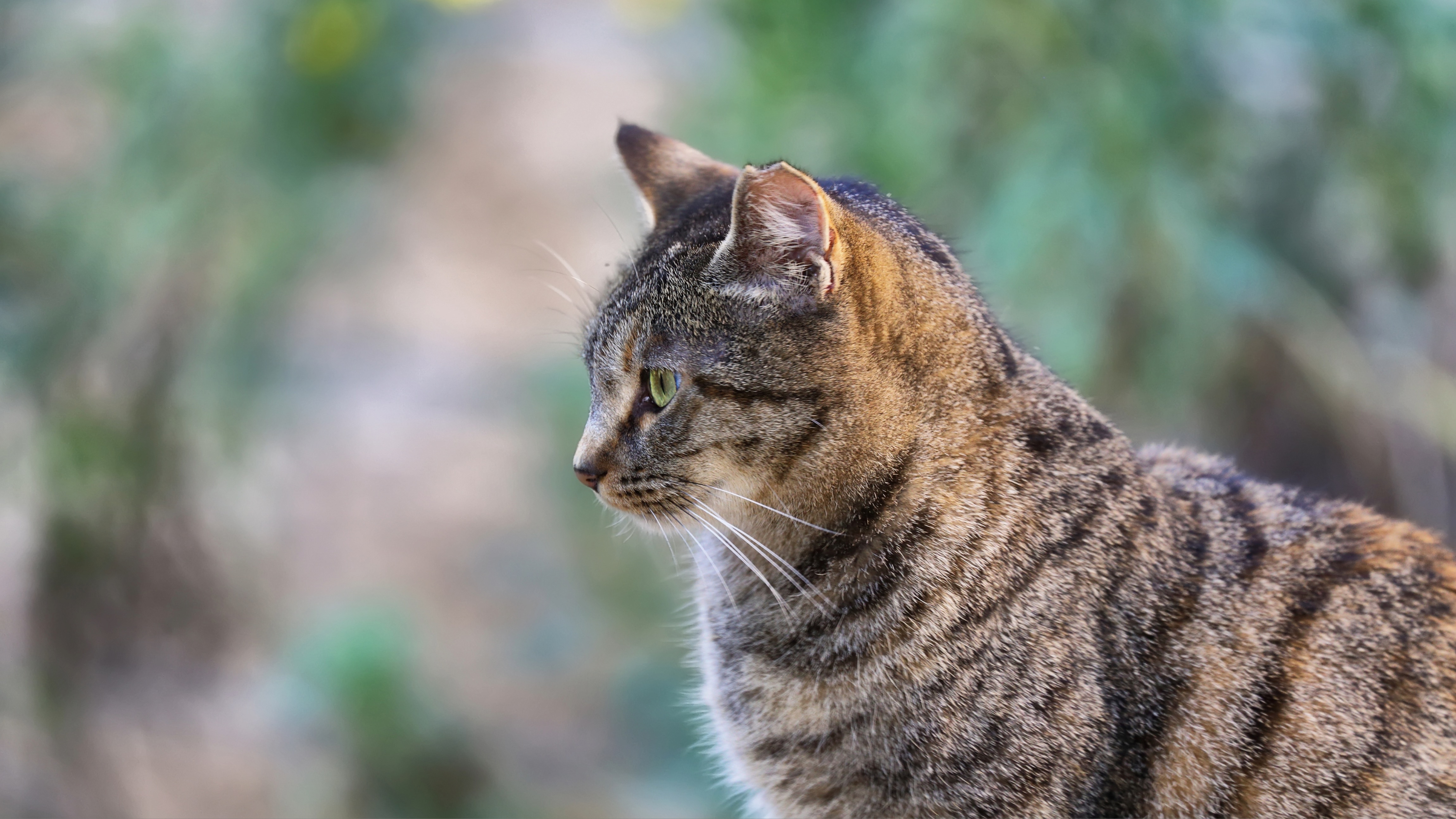
The European shorthair has had many nicknames over the years including Celtic shorthair and Bondkatt, which has nothing to do with being the sidekick of Mr James Bond himself and is instead the Swedish word for farm cat.







